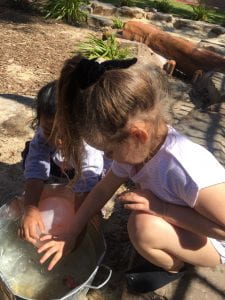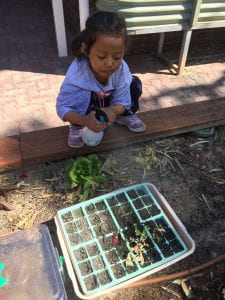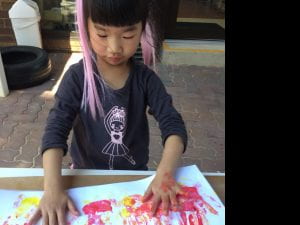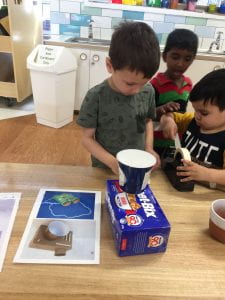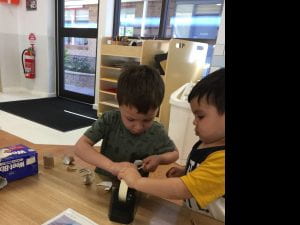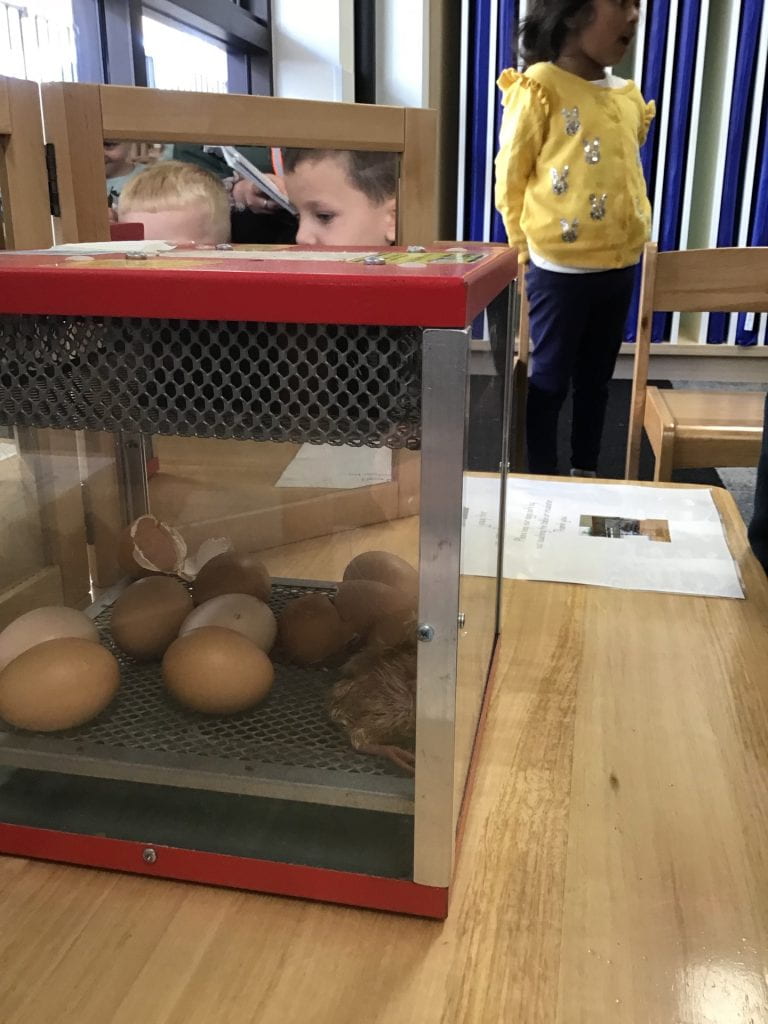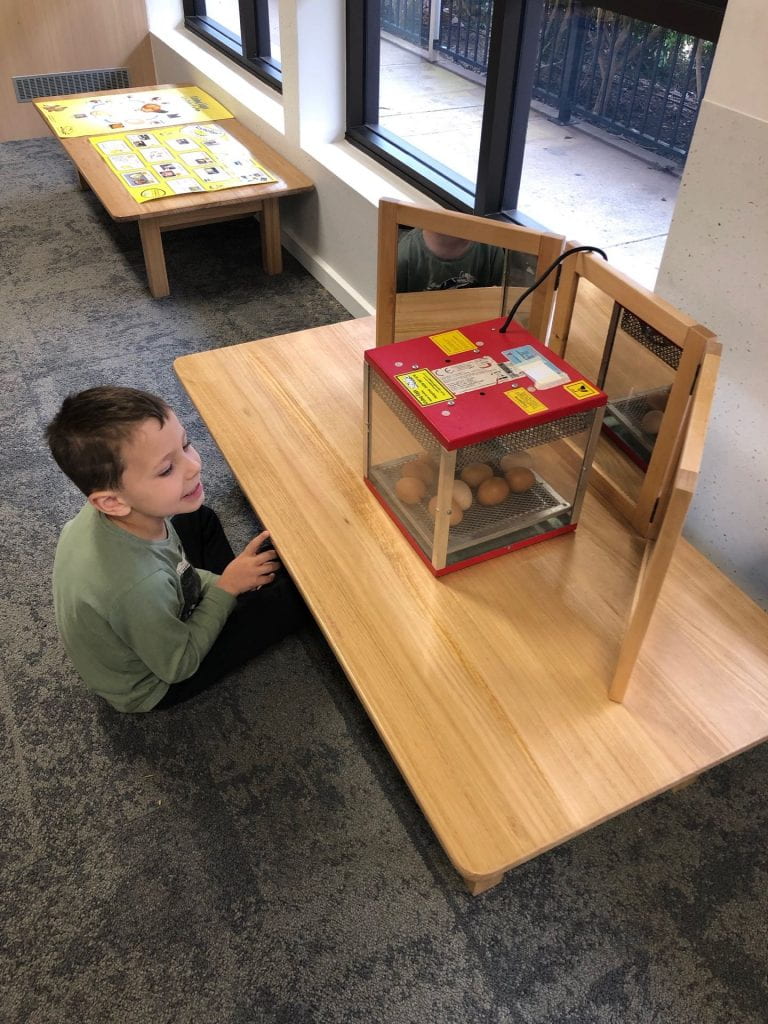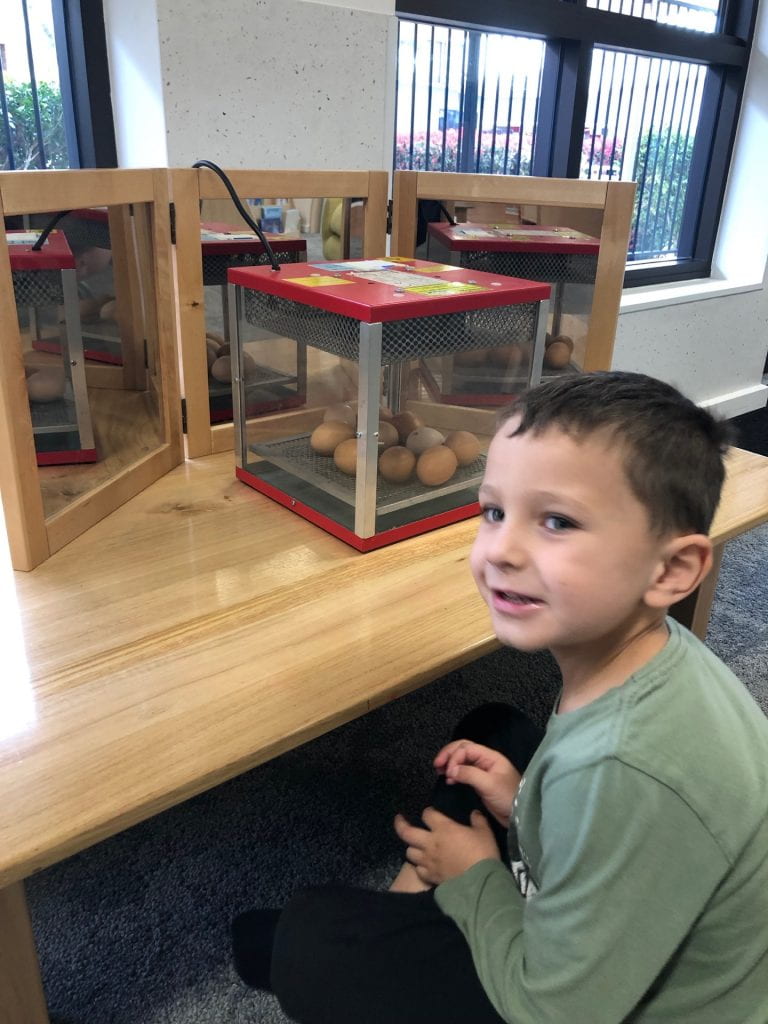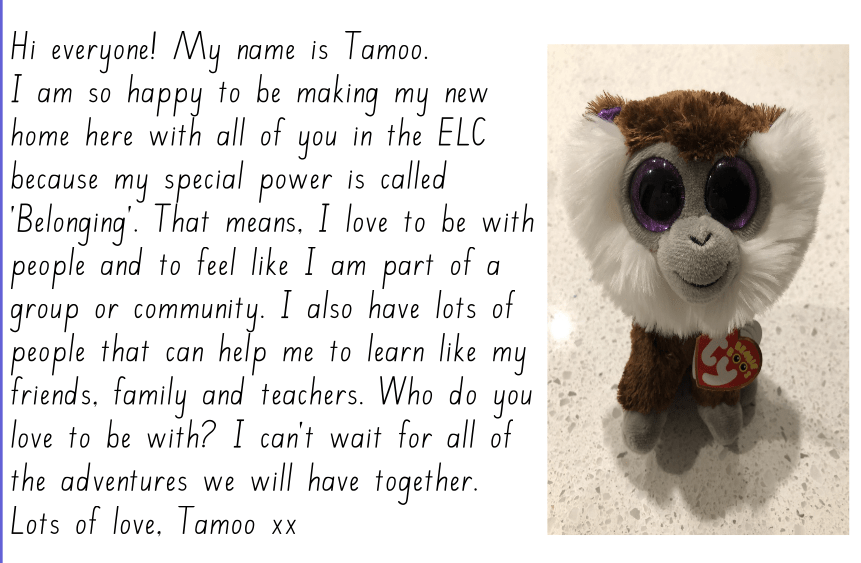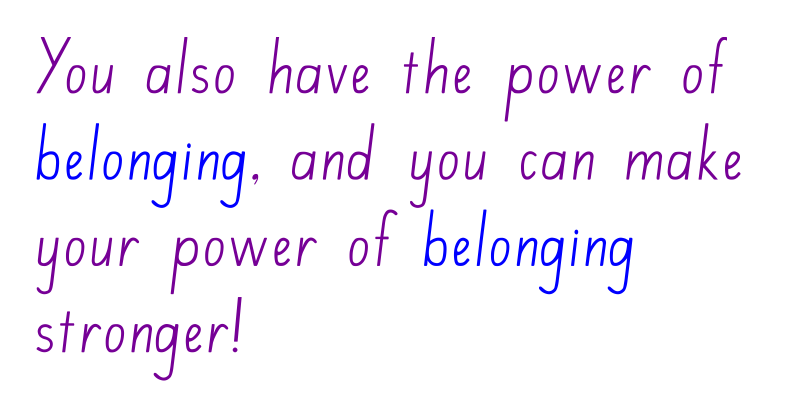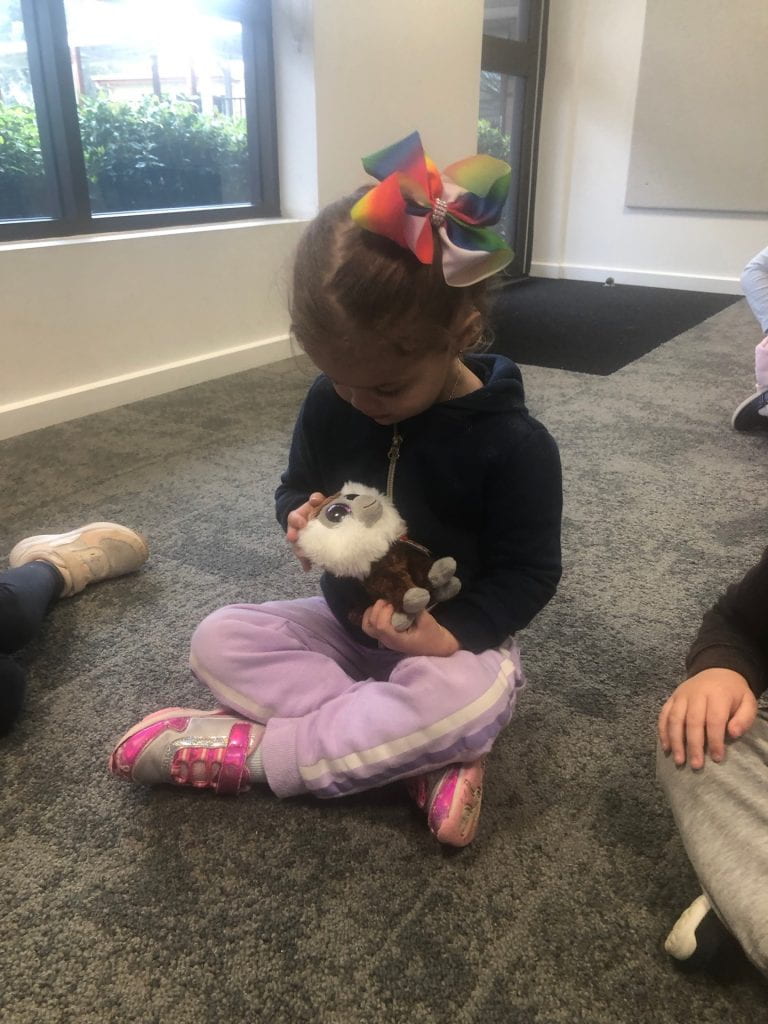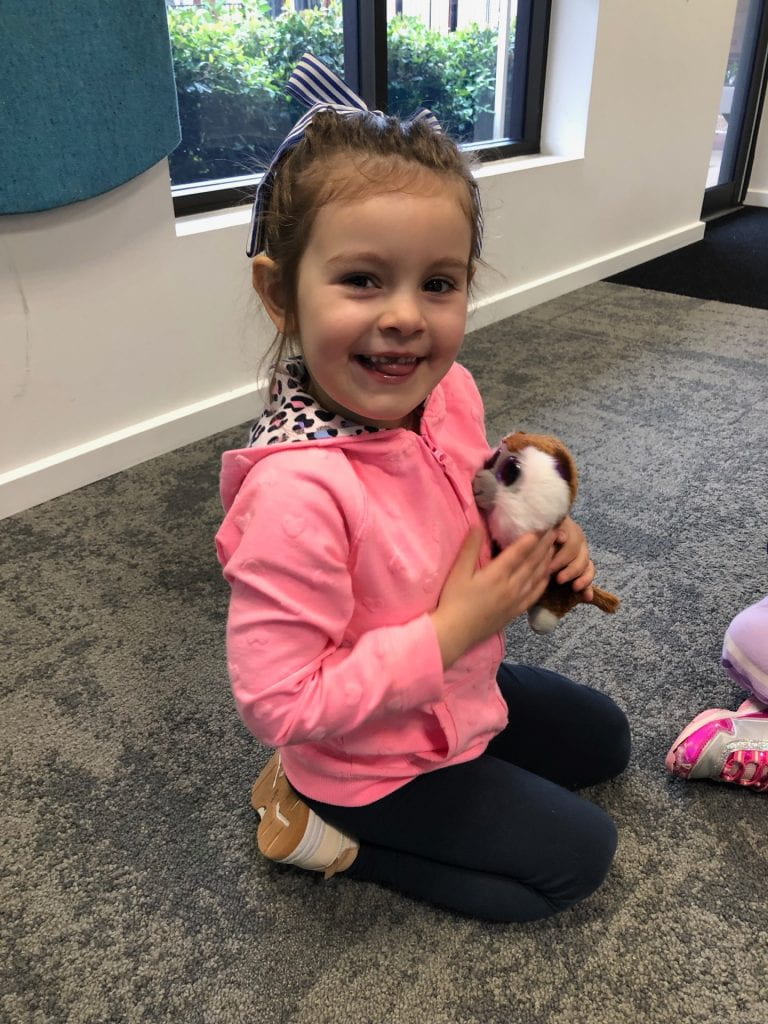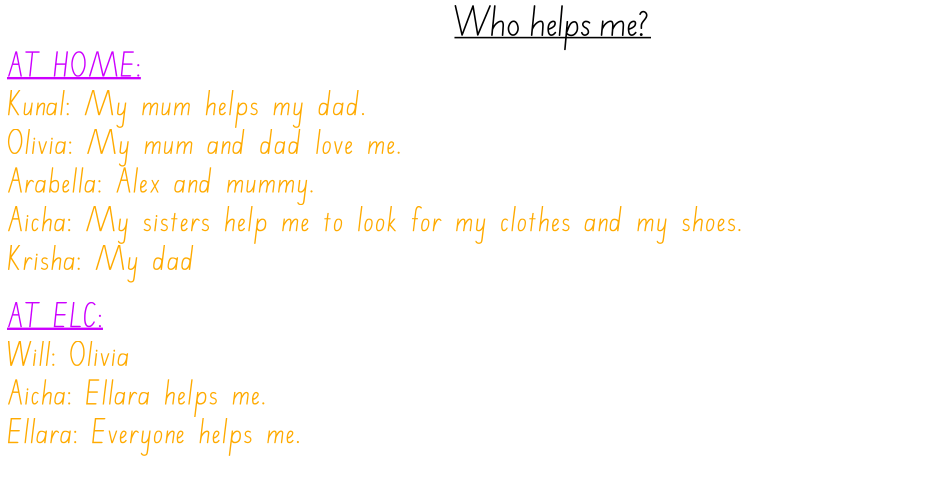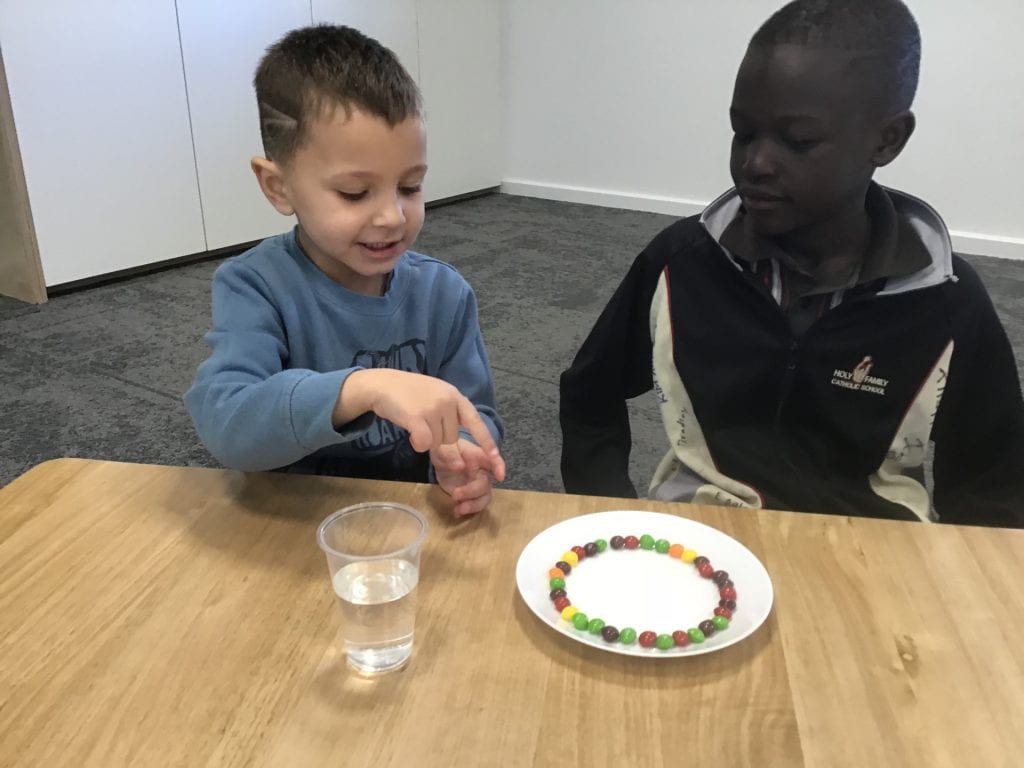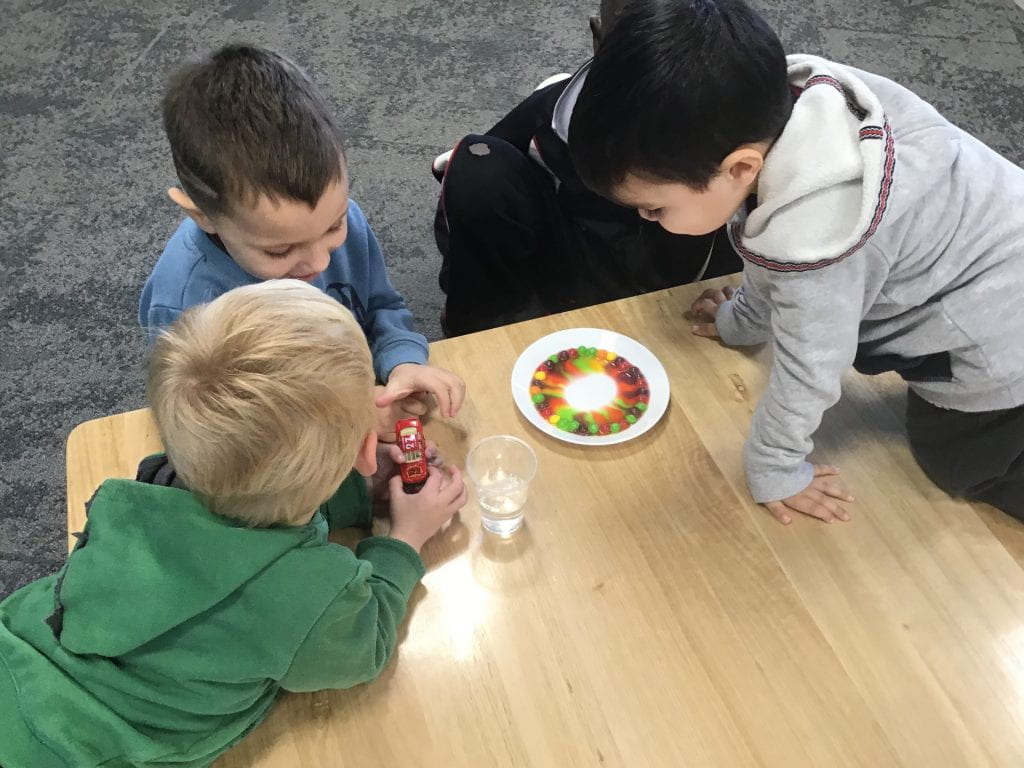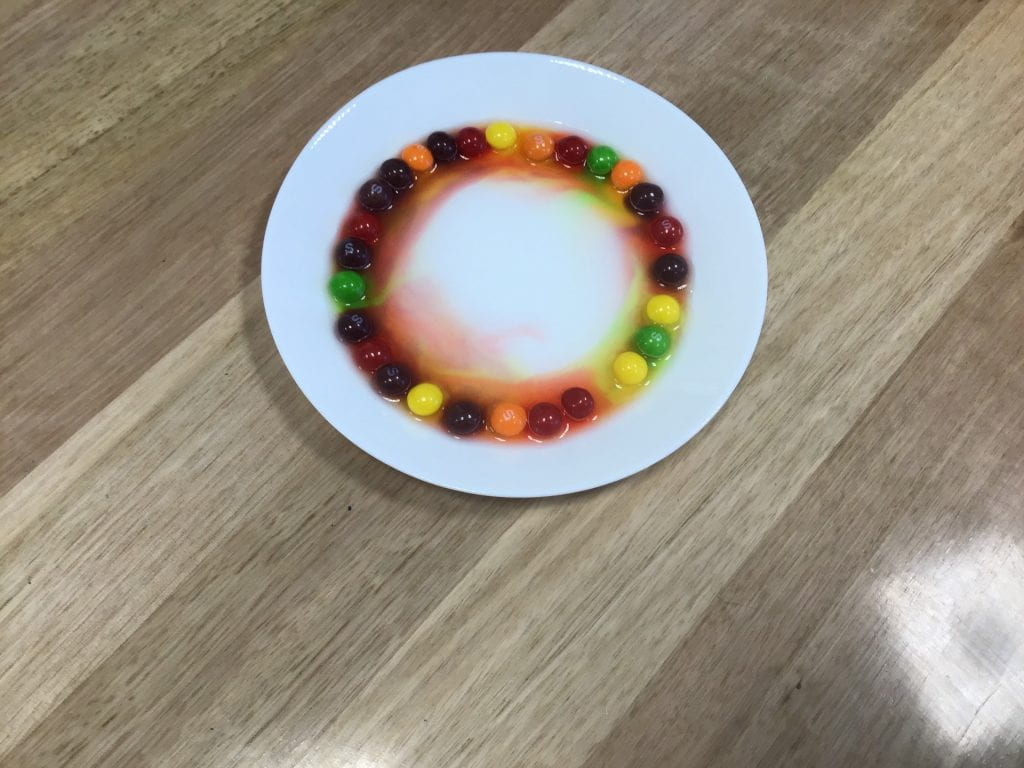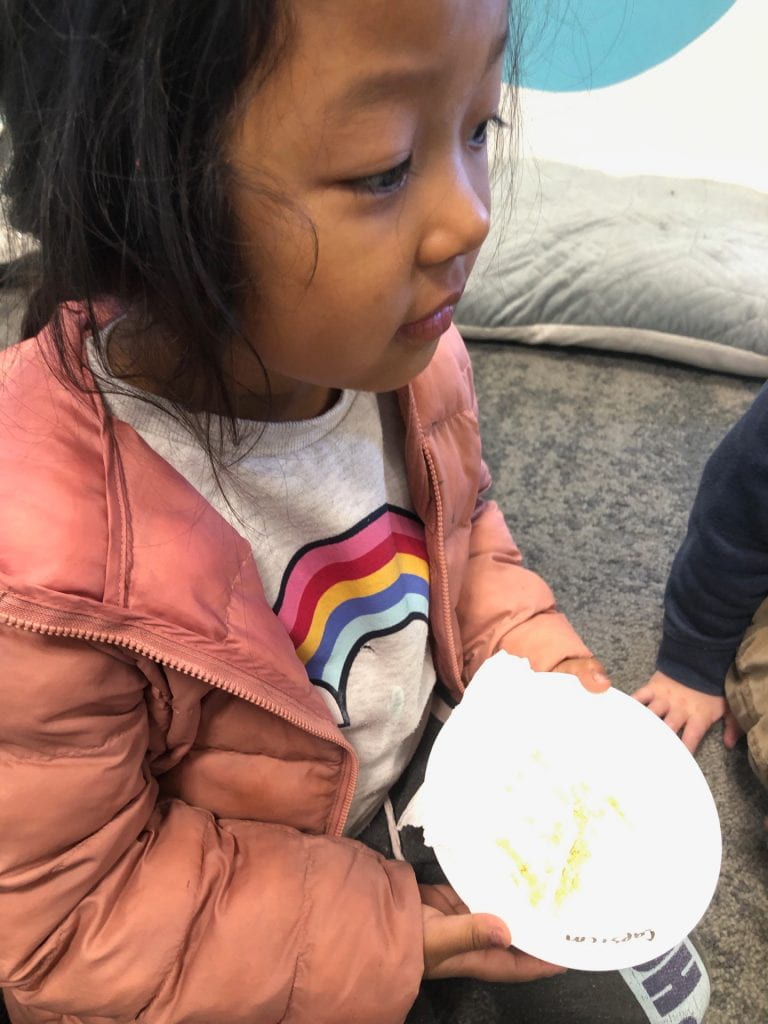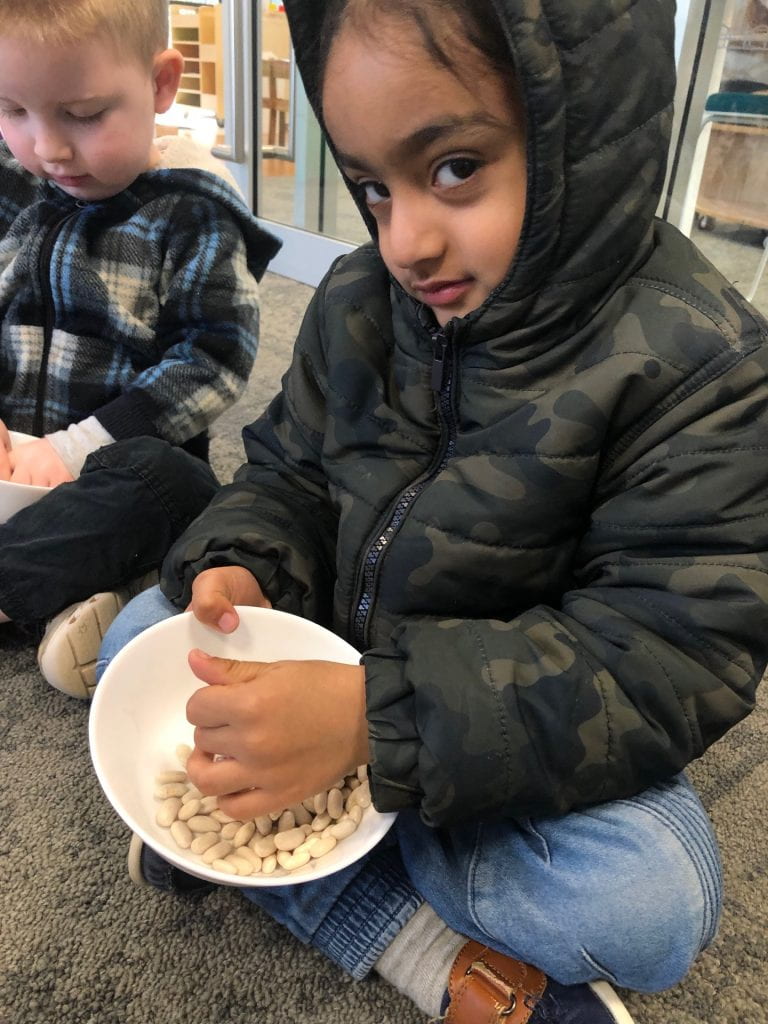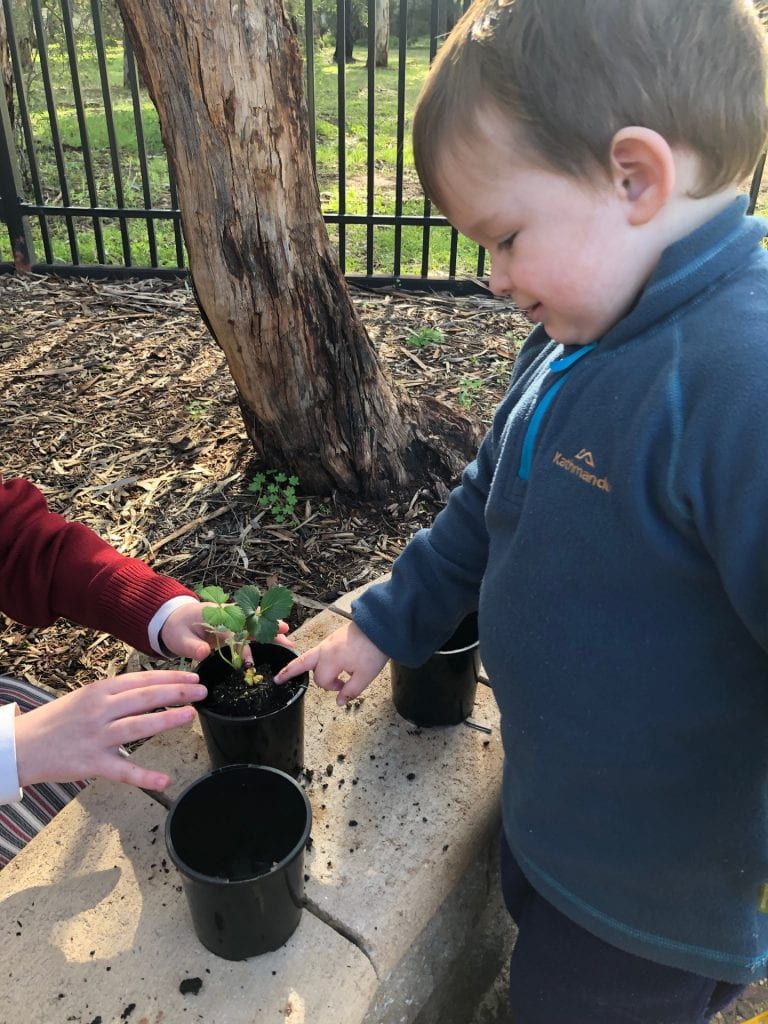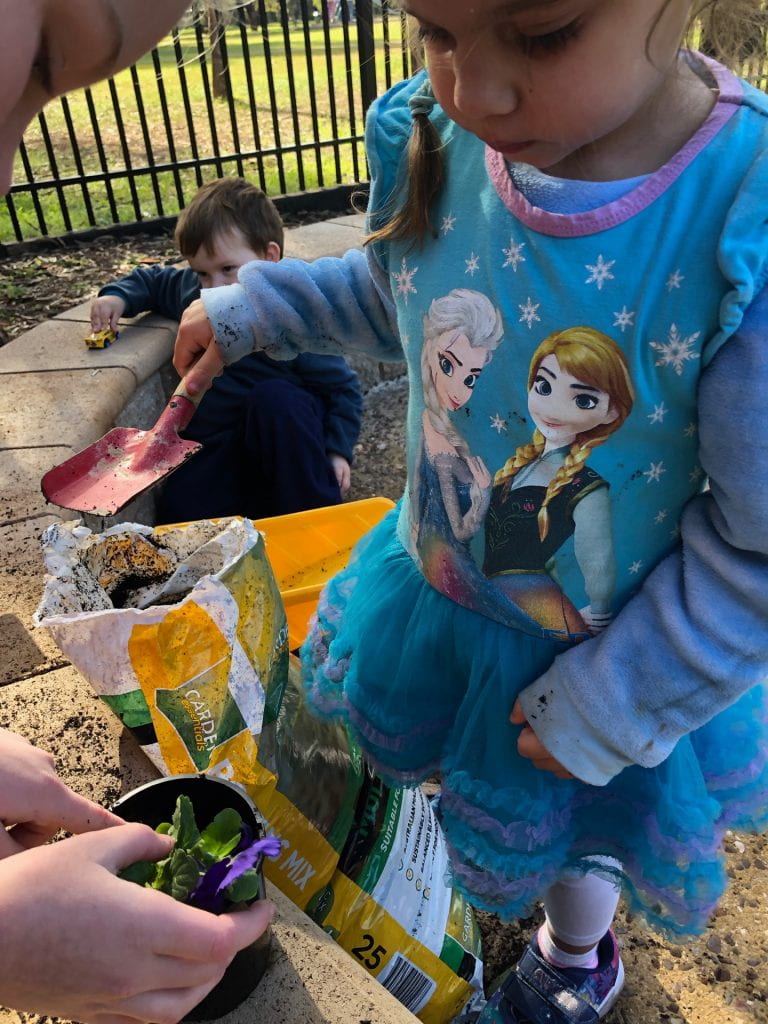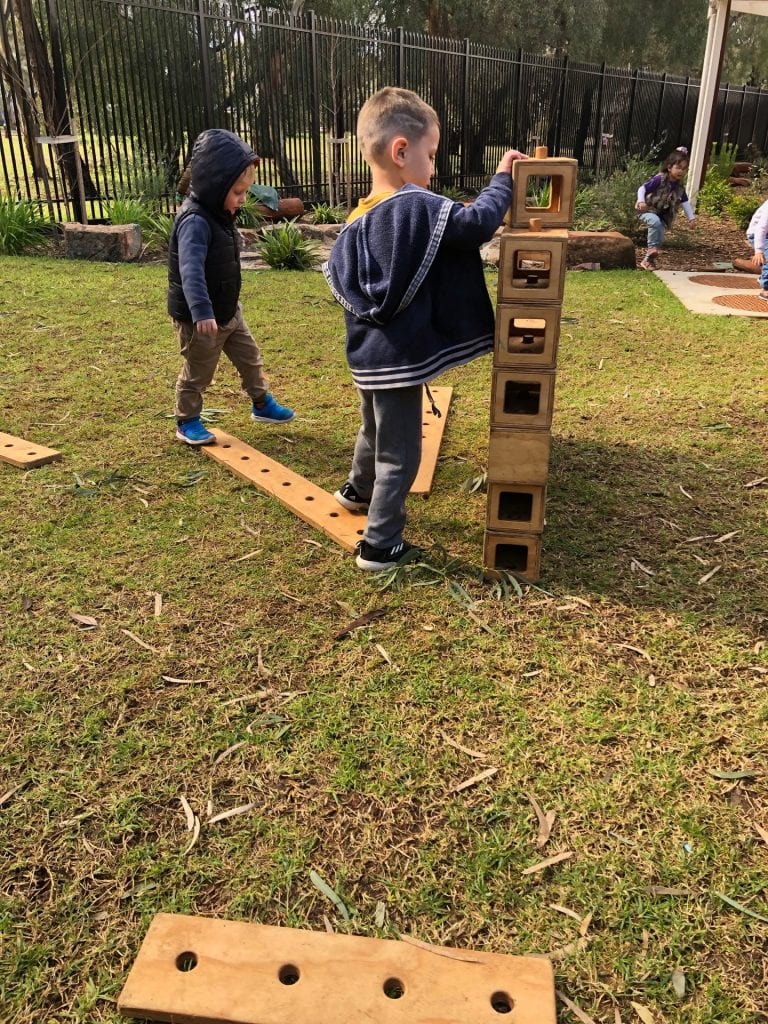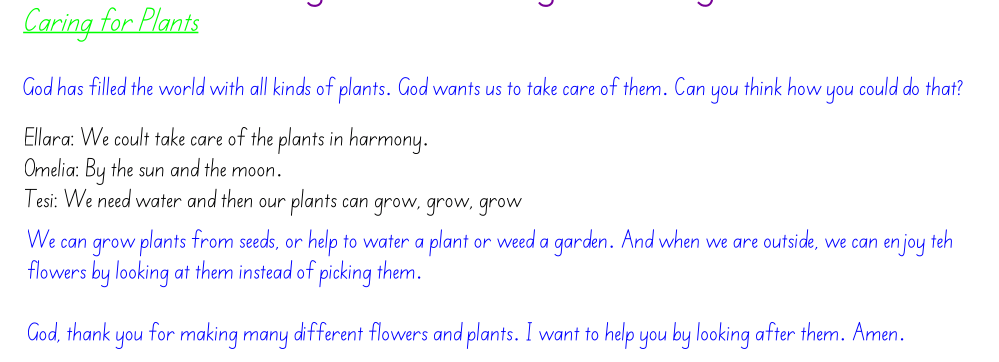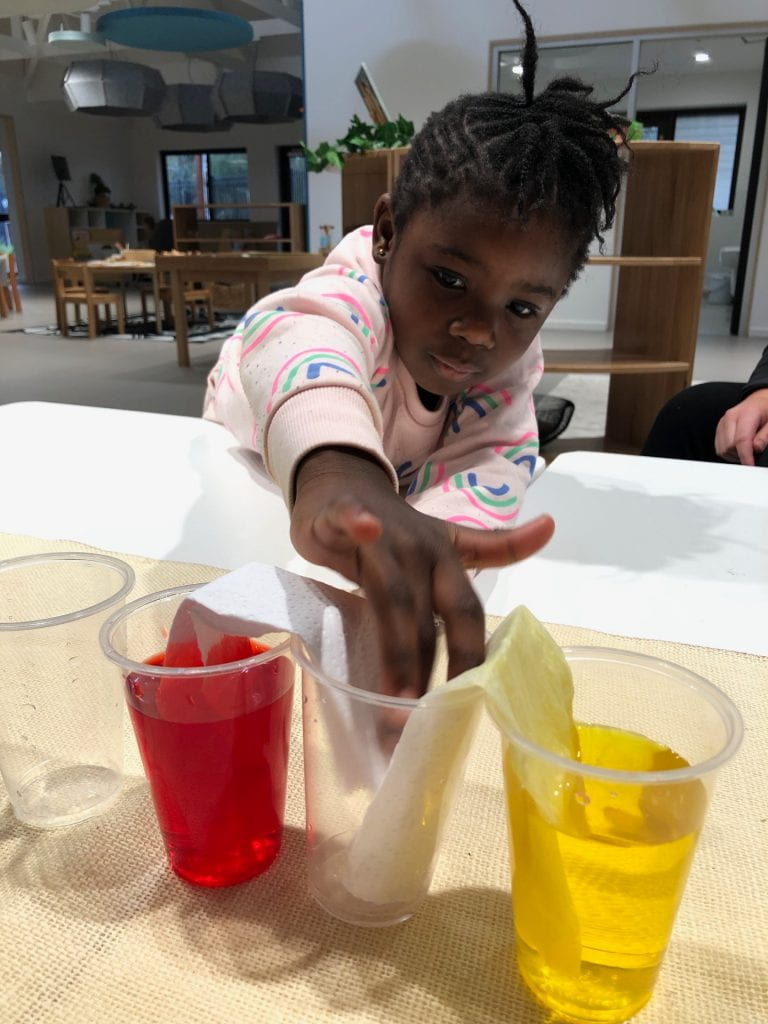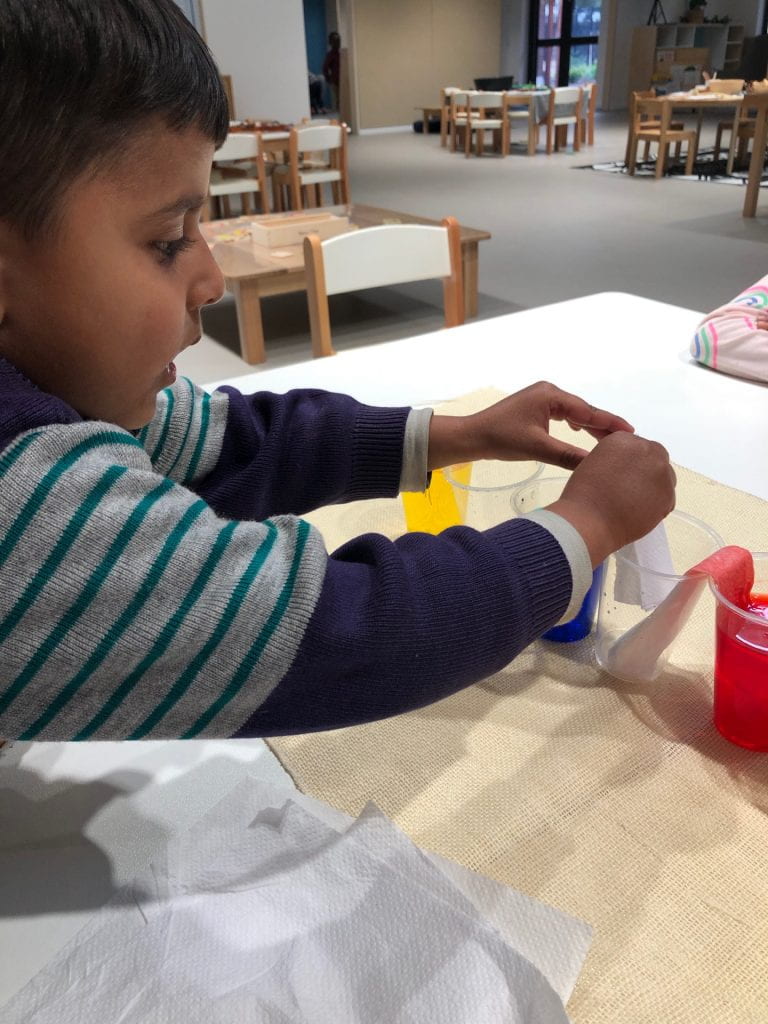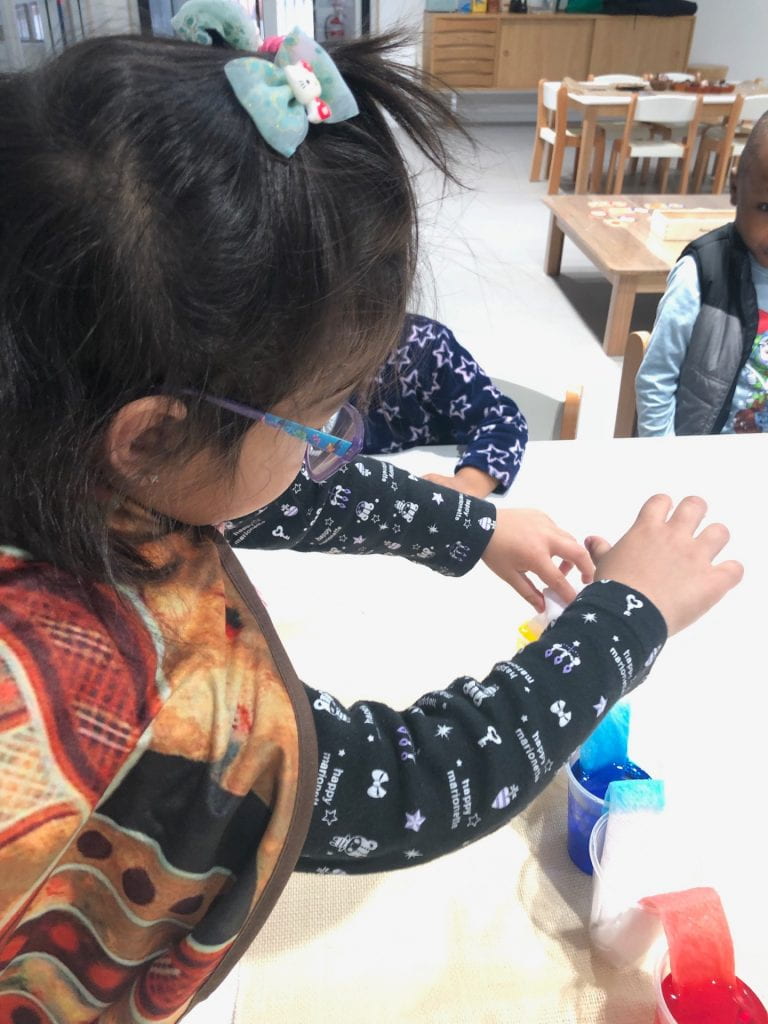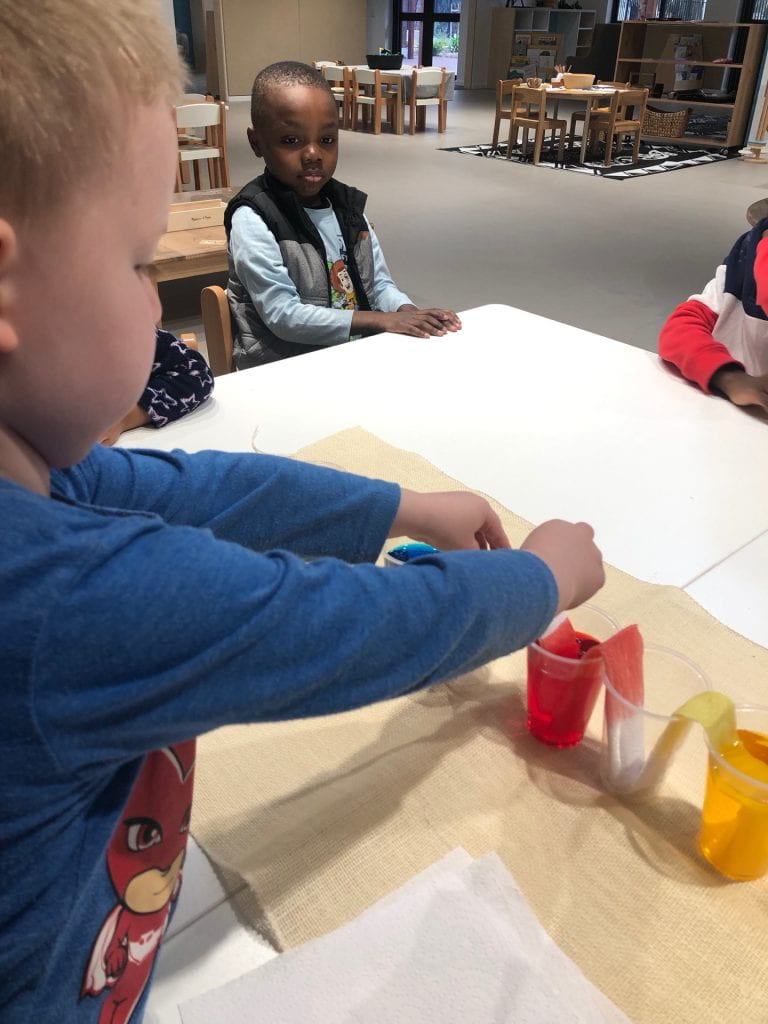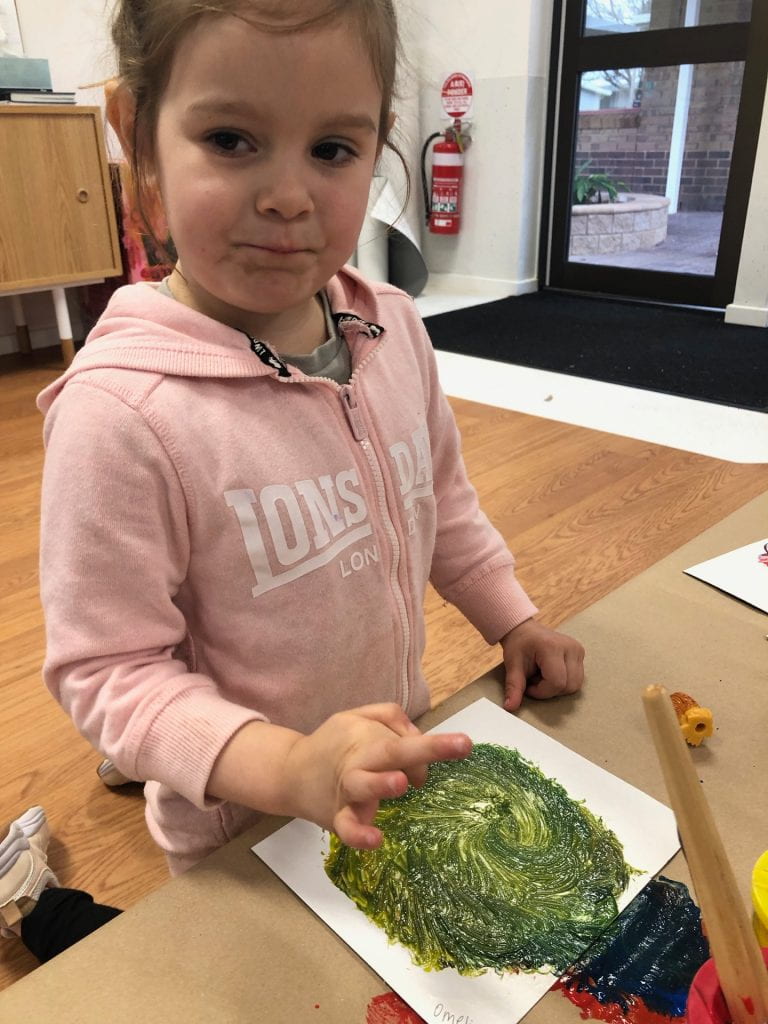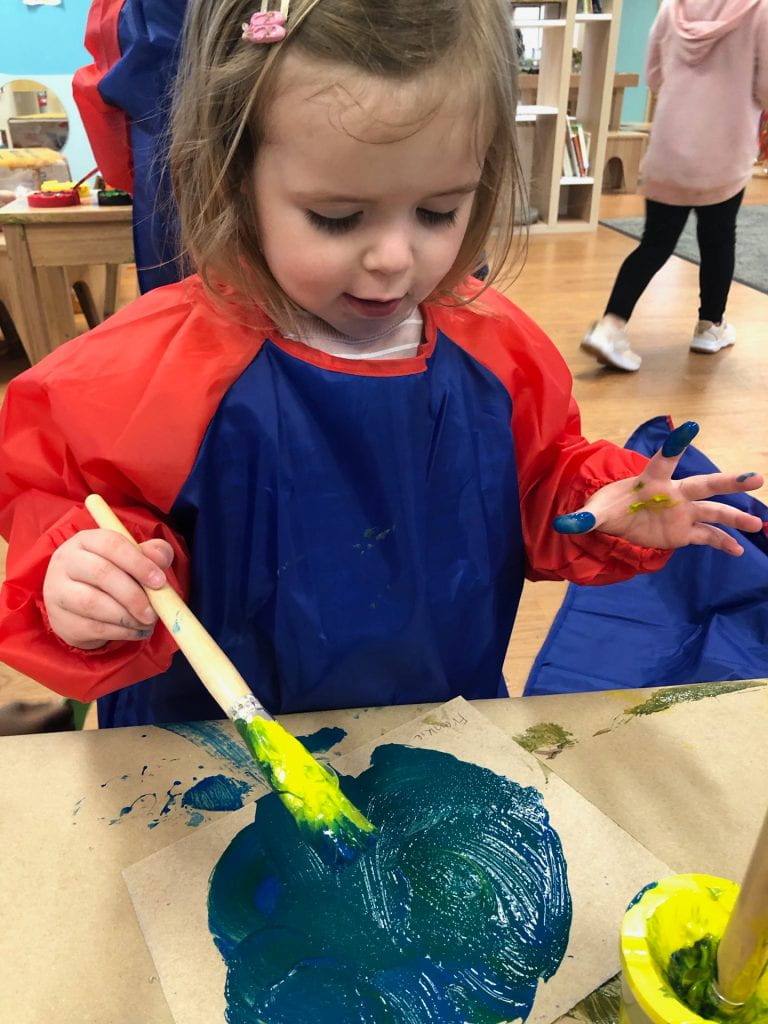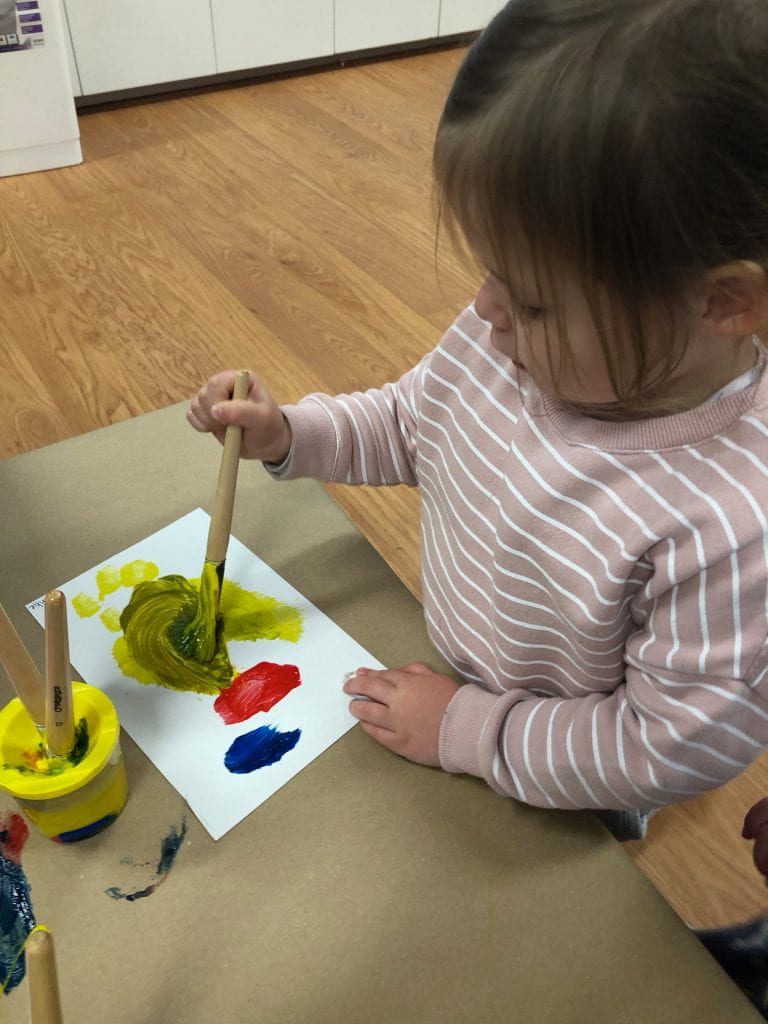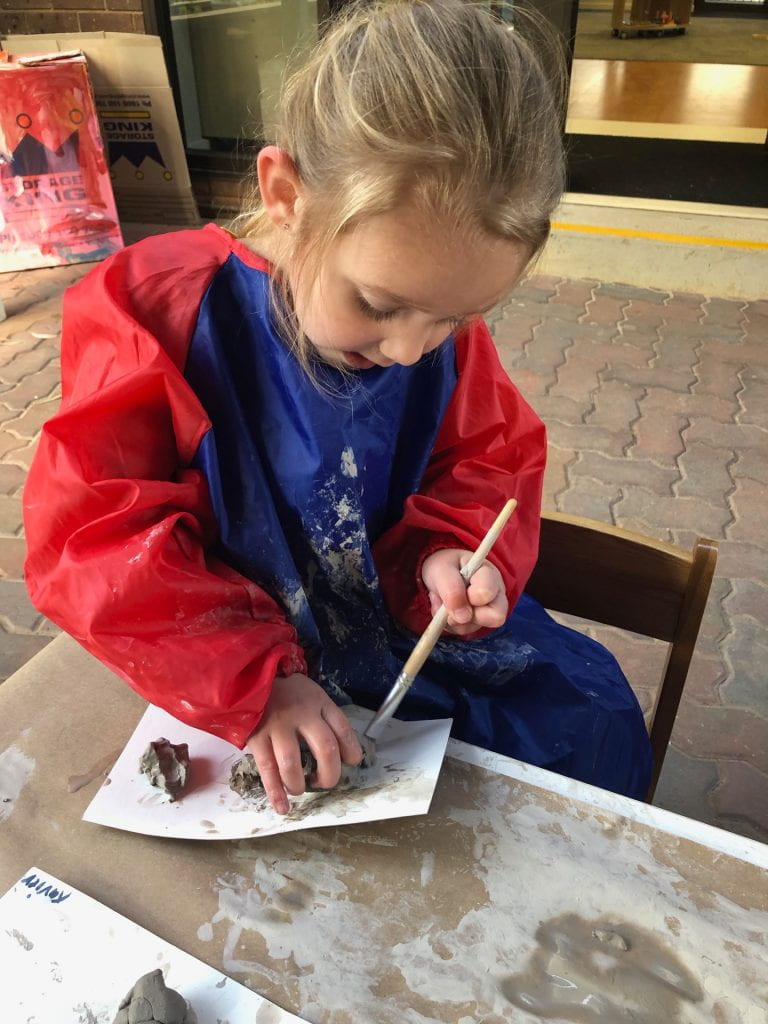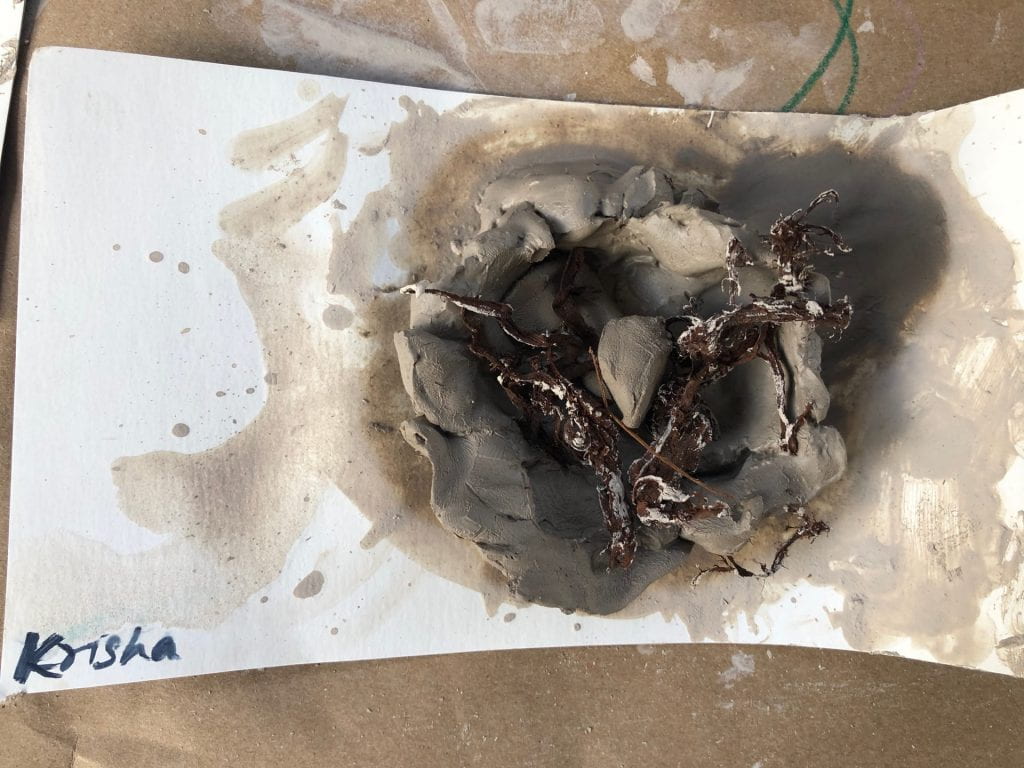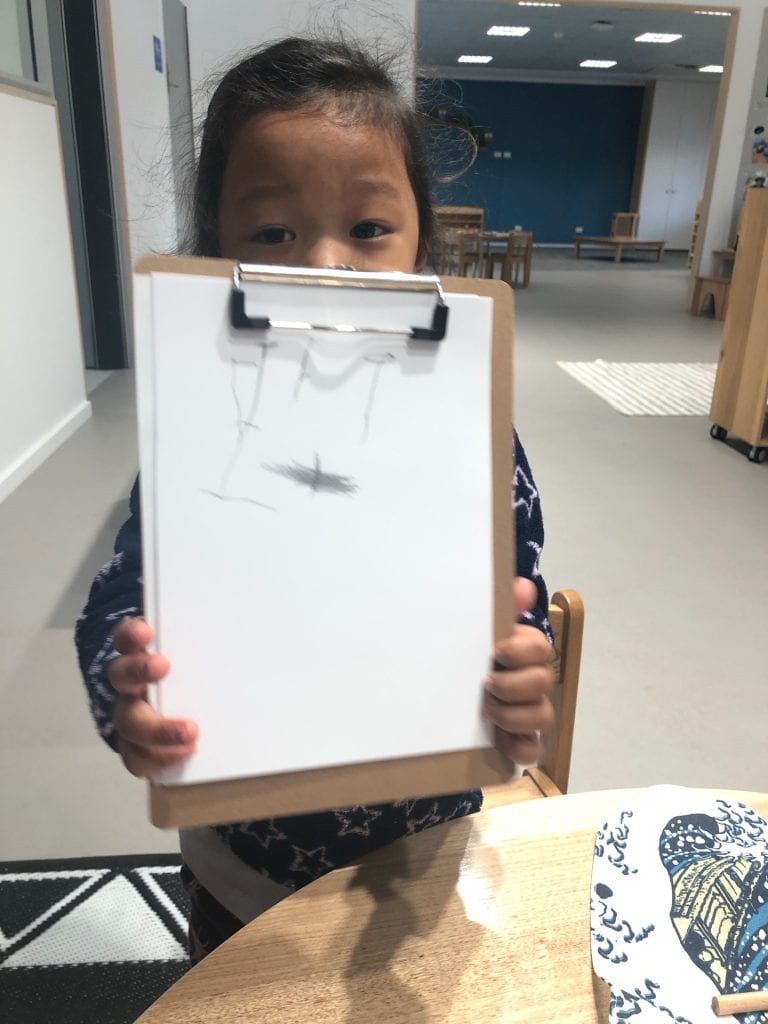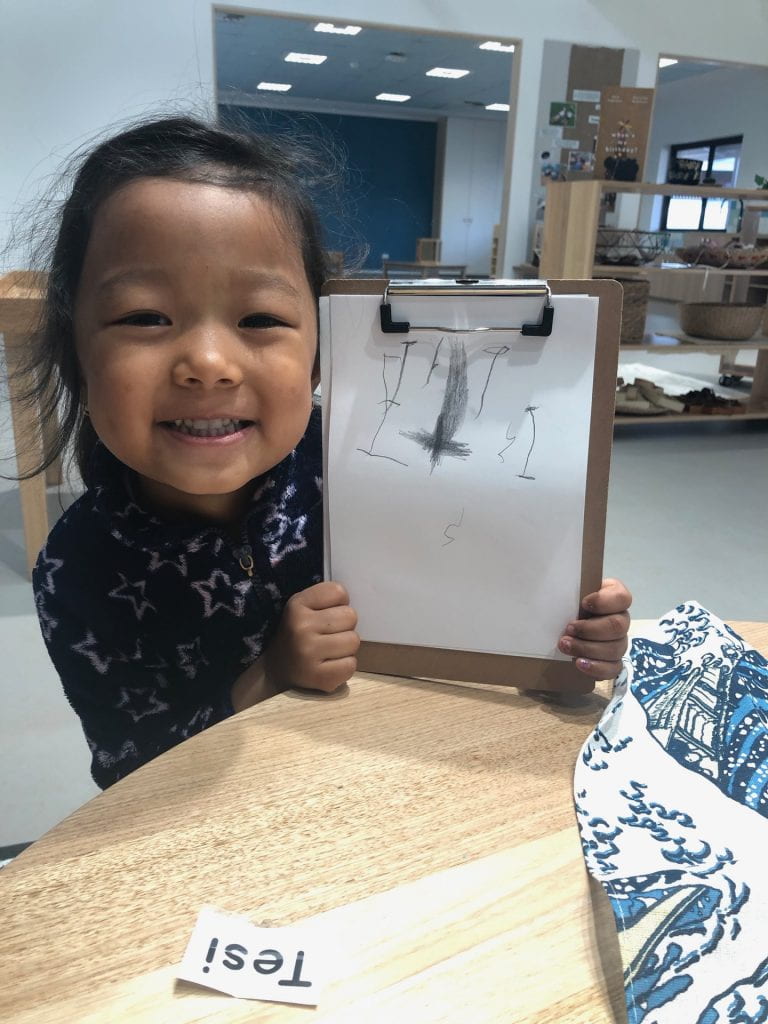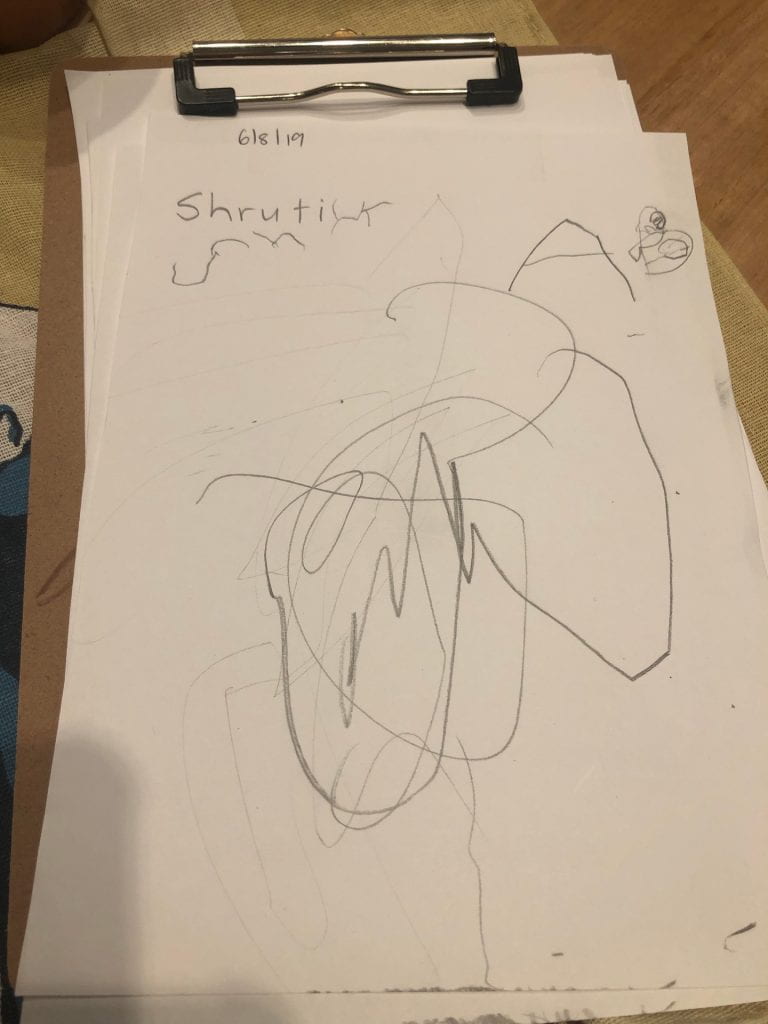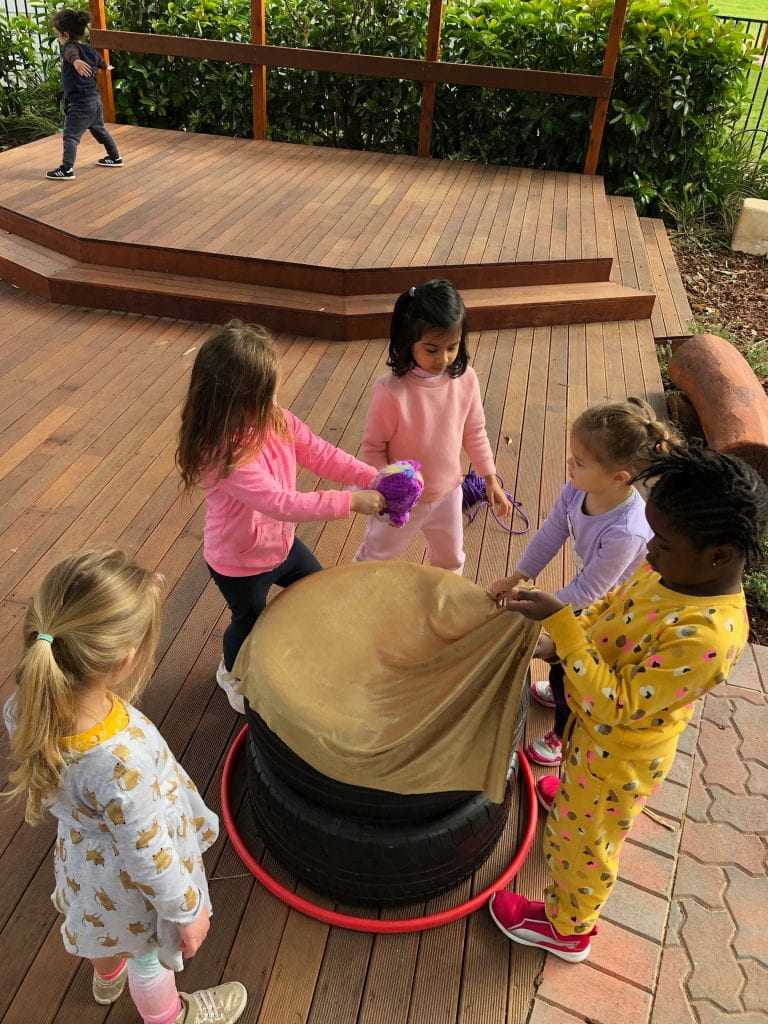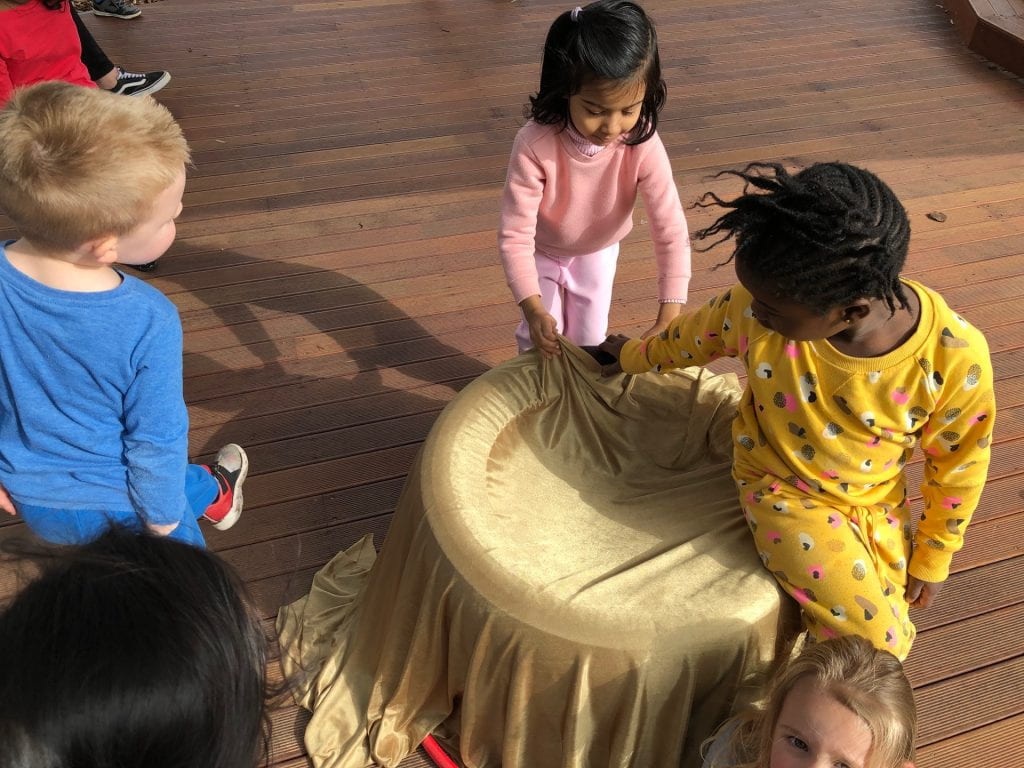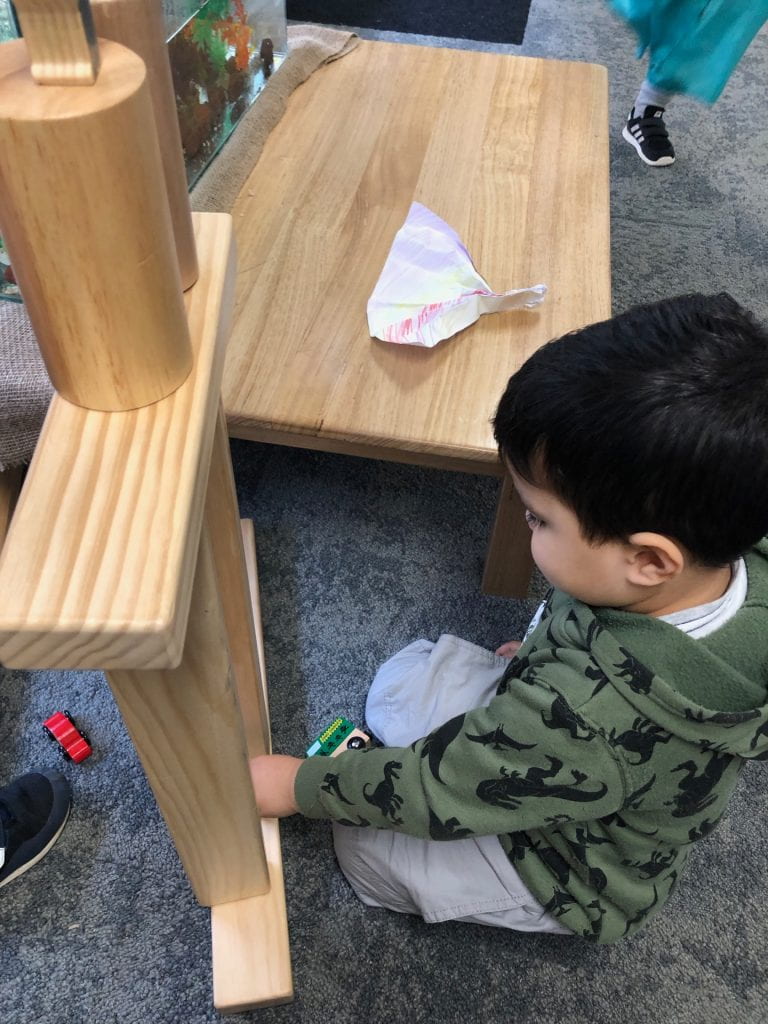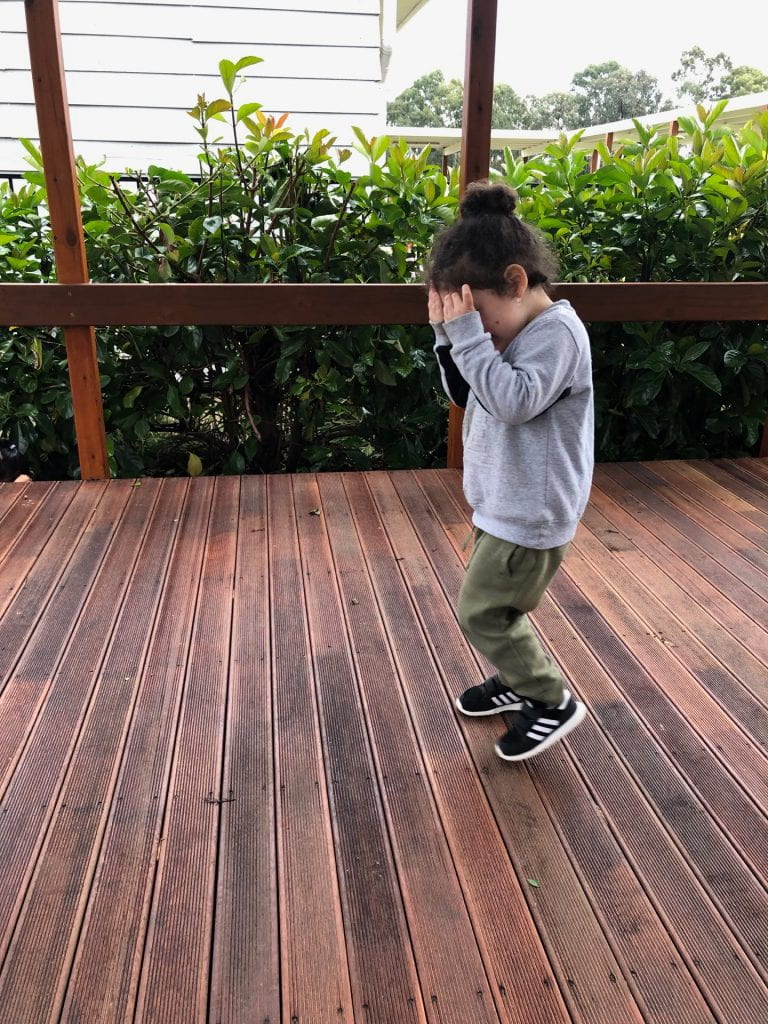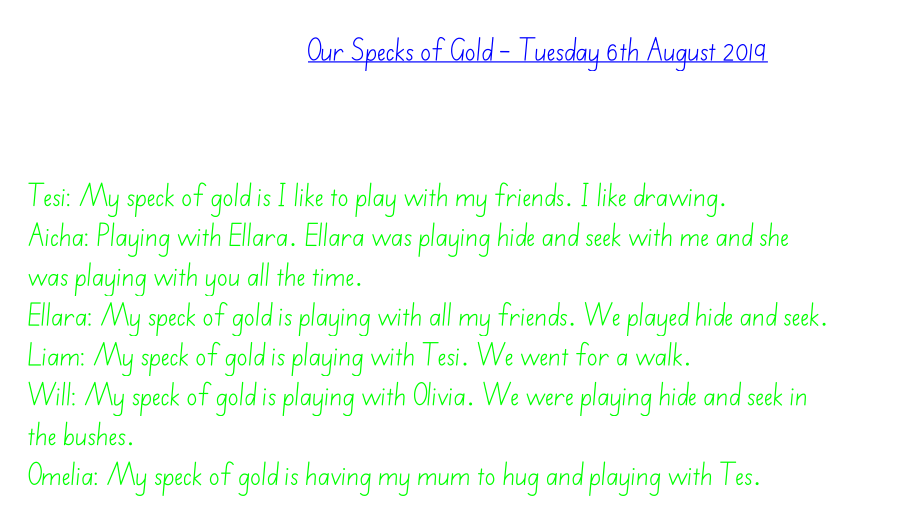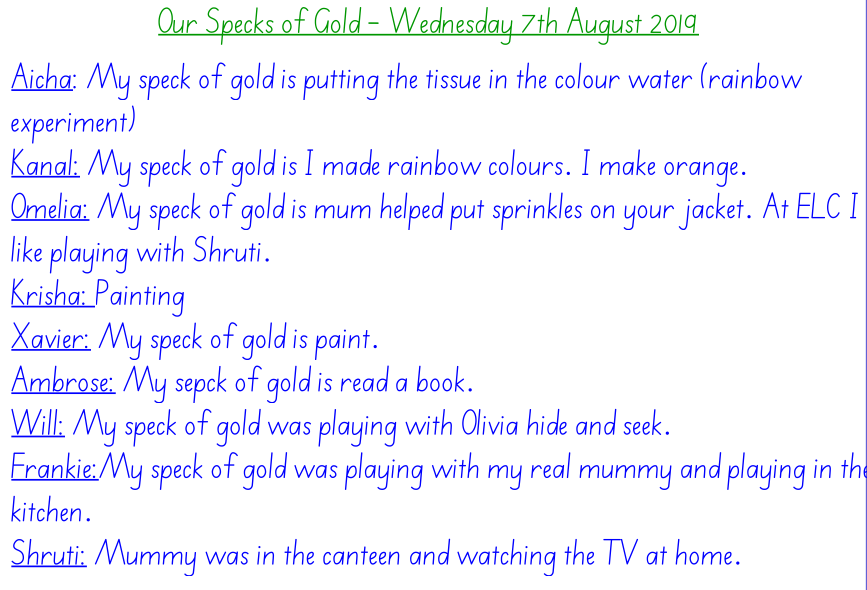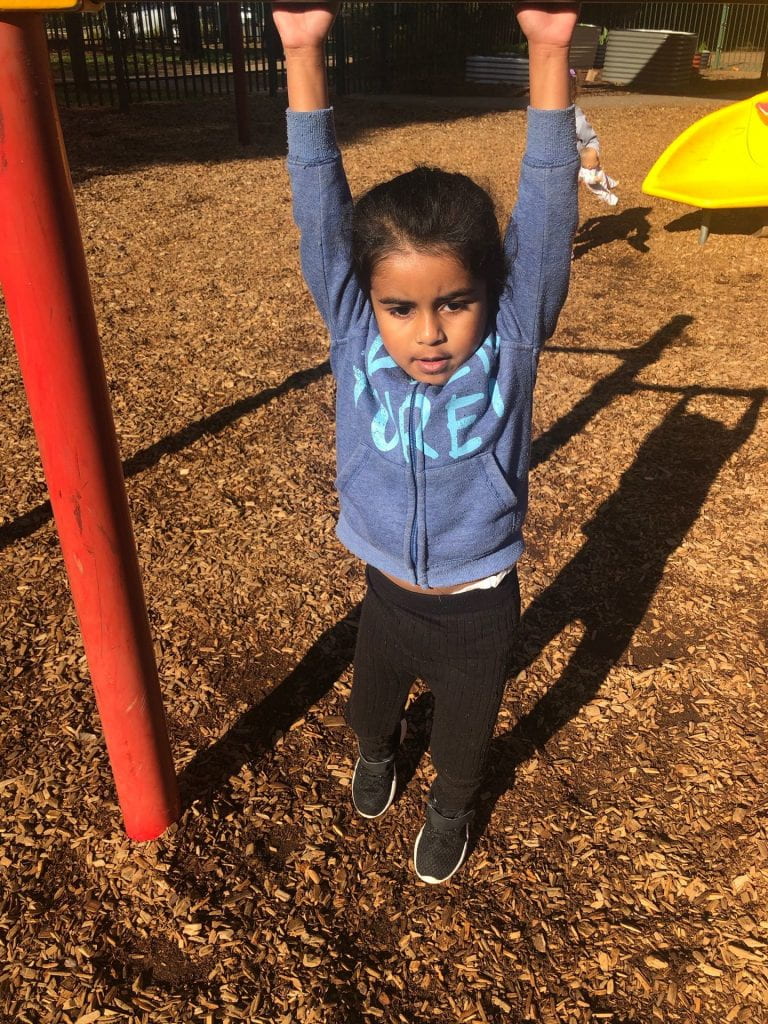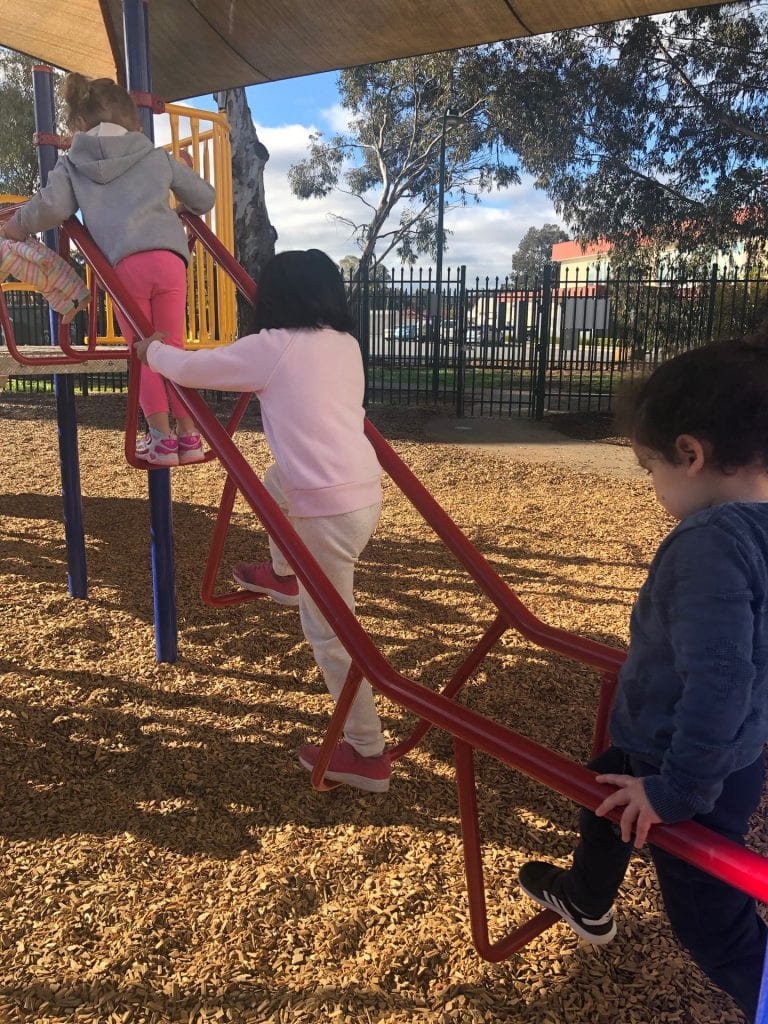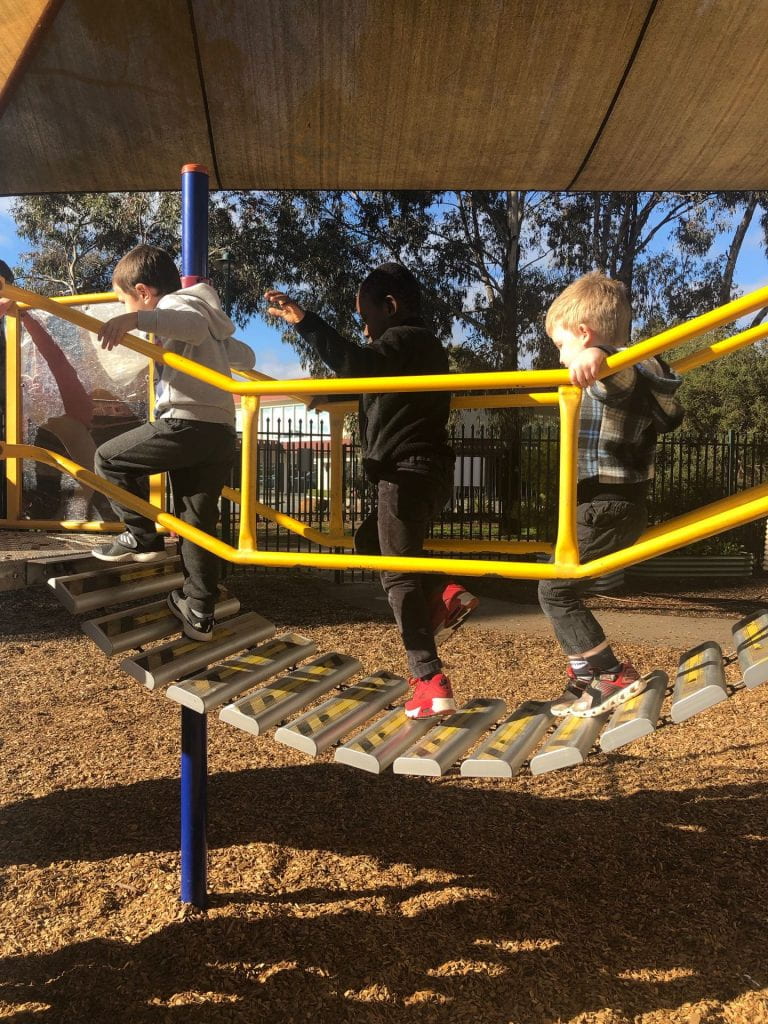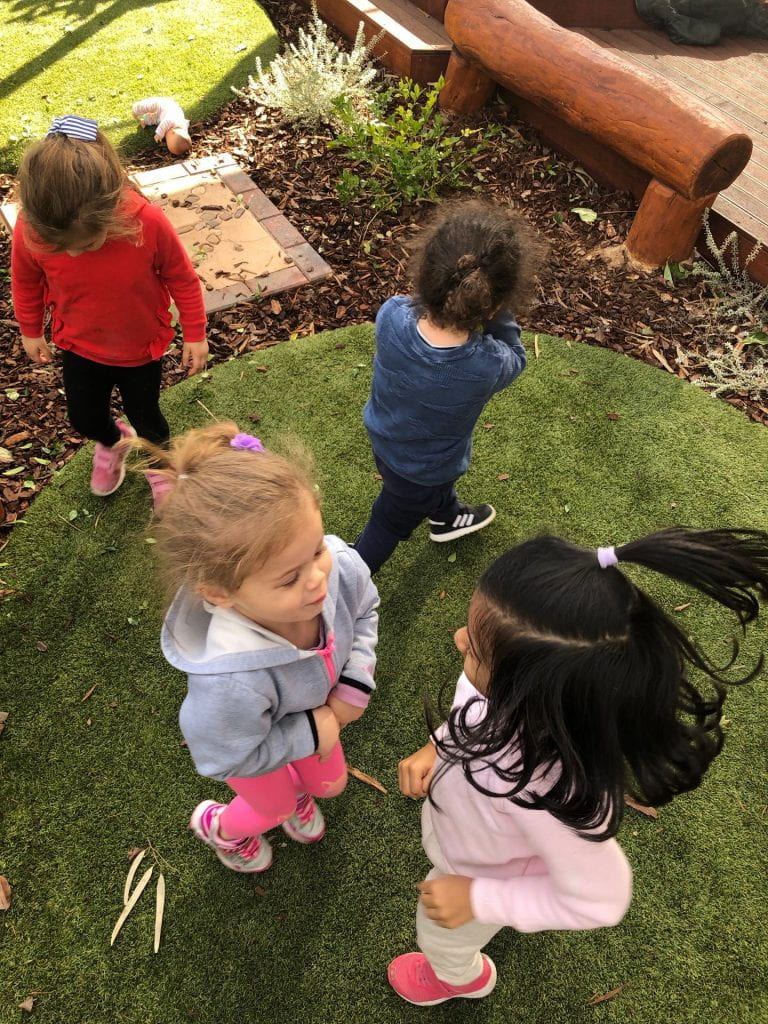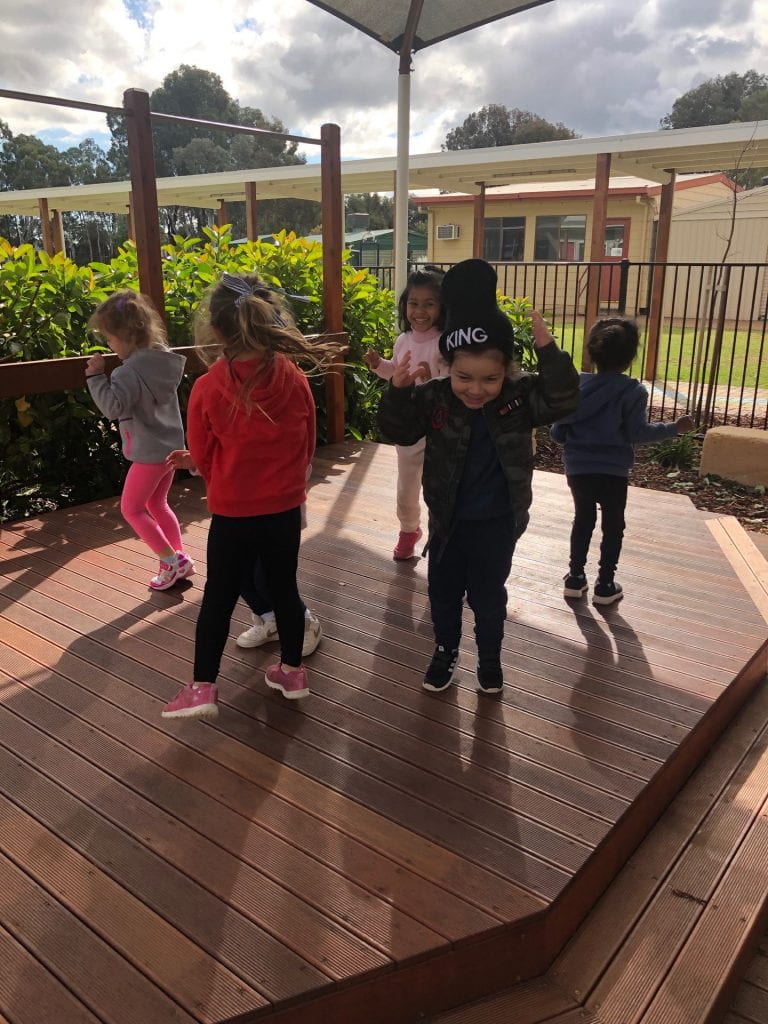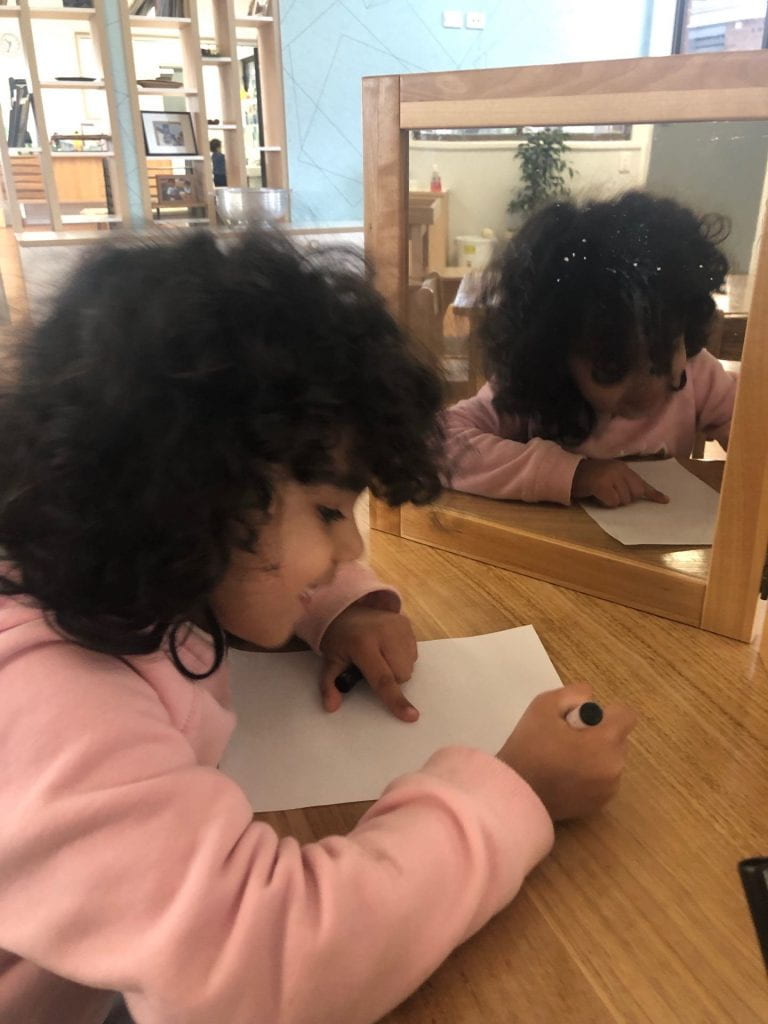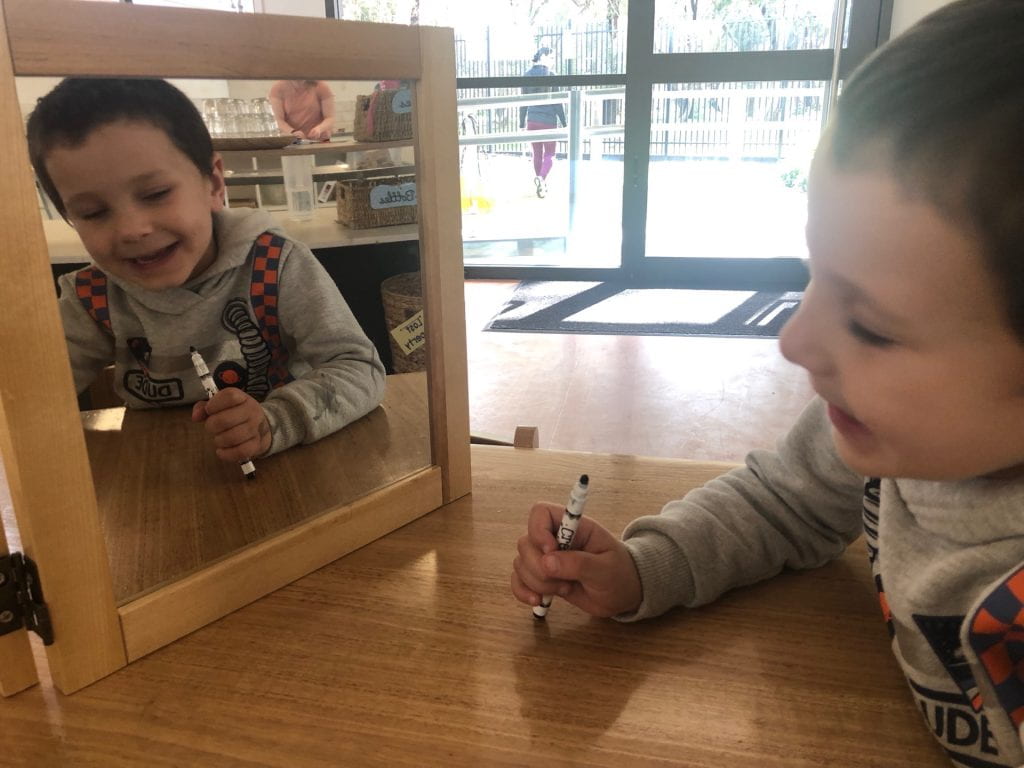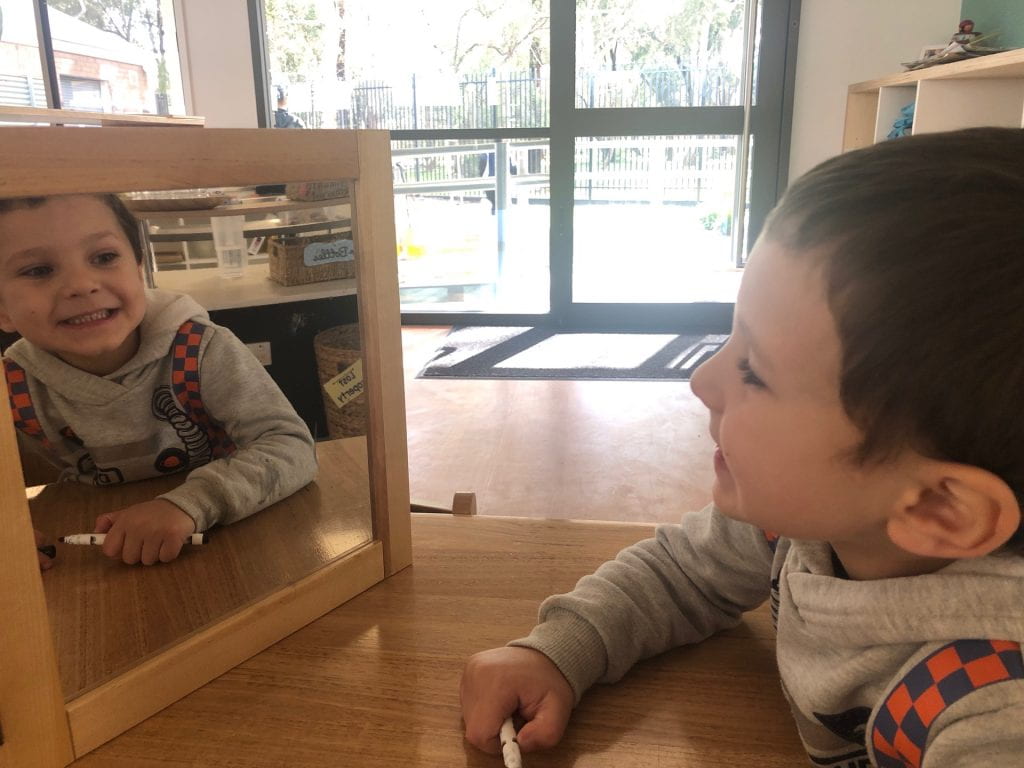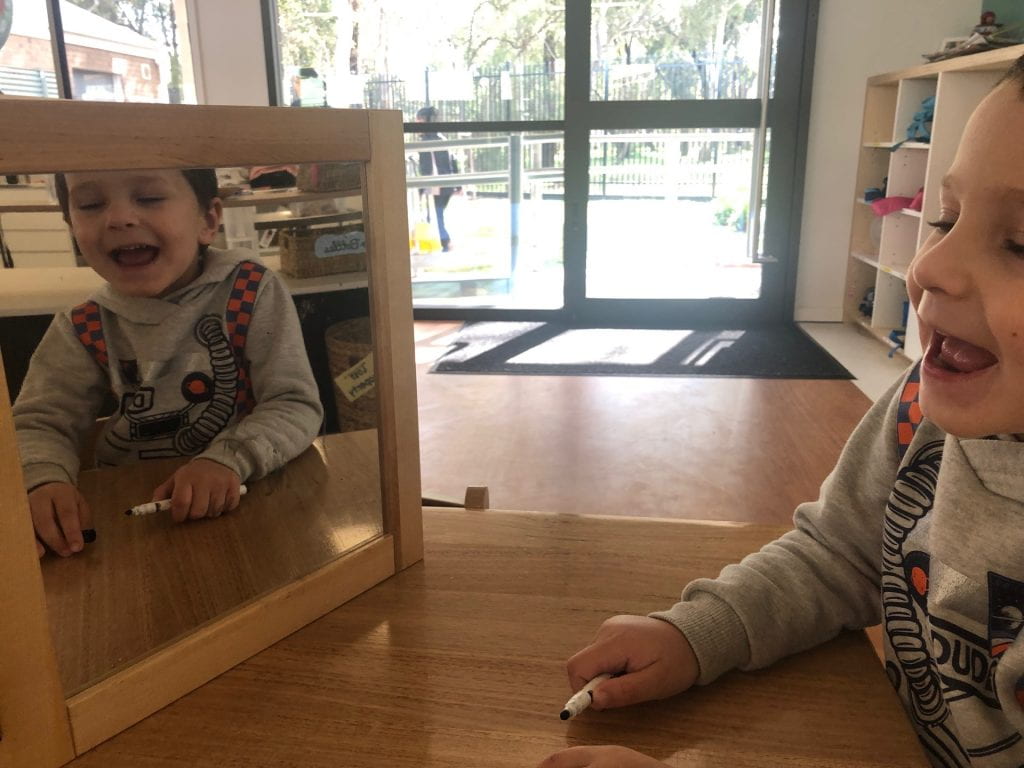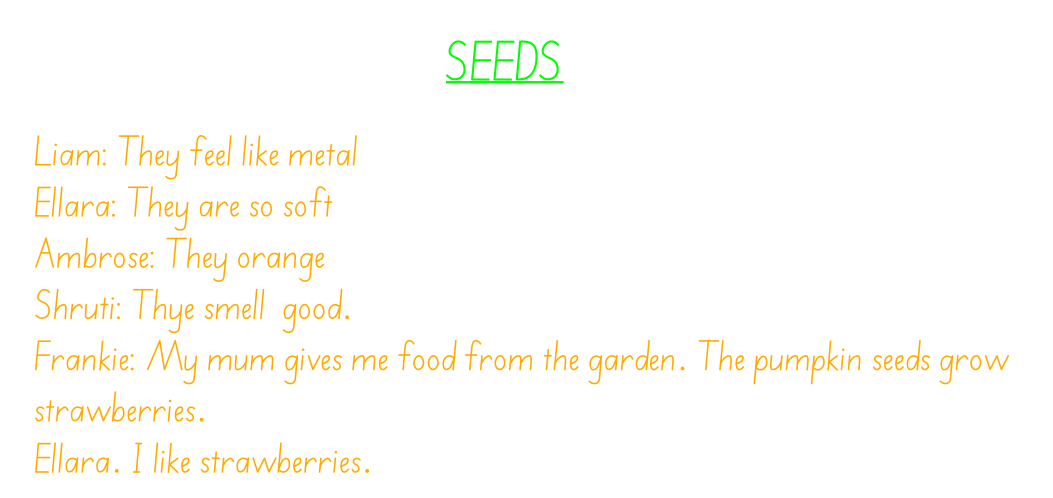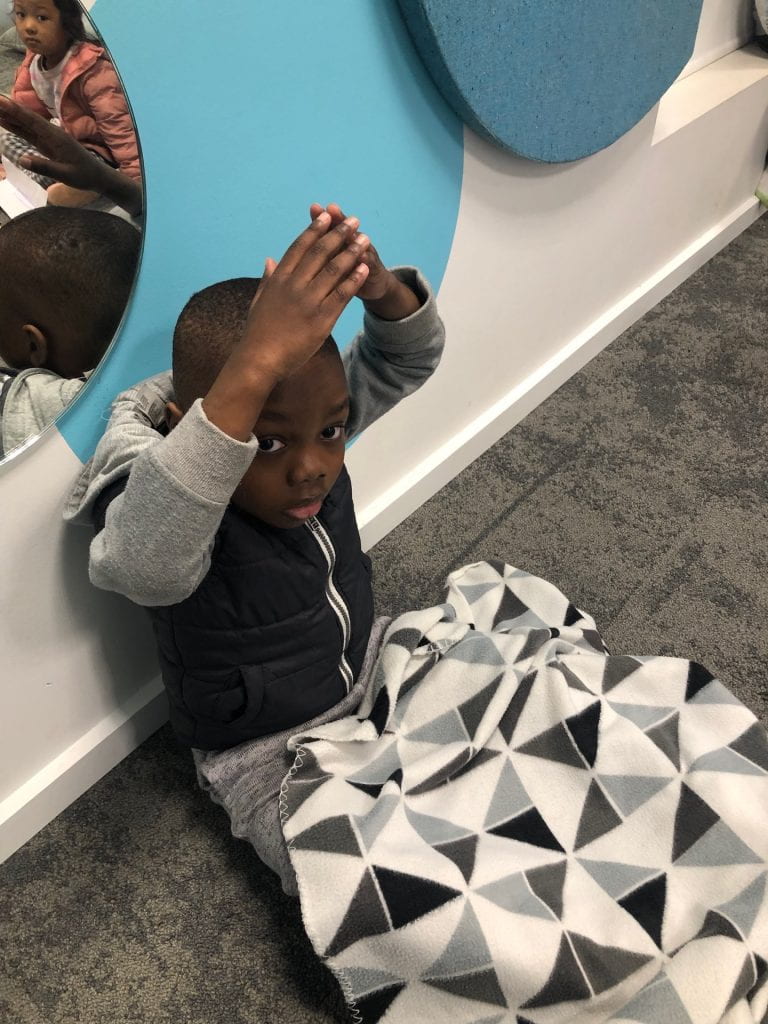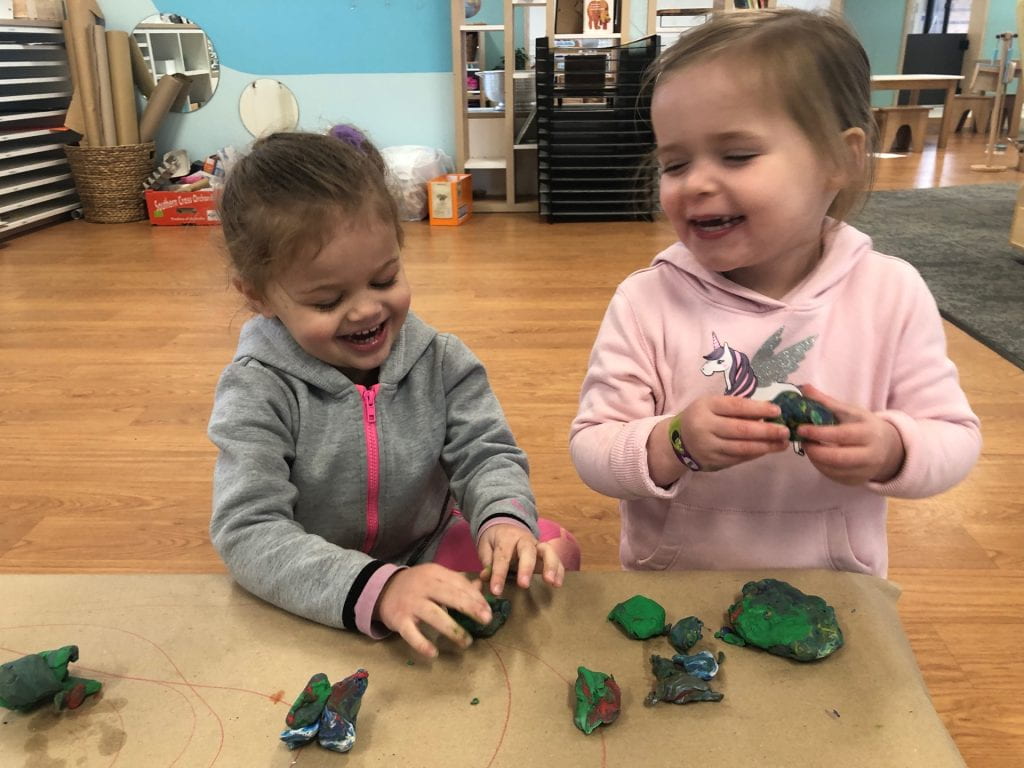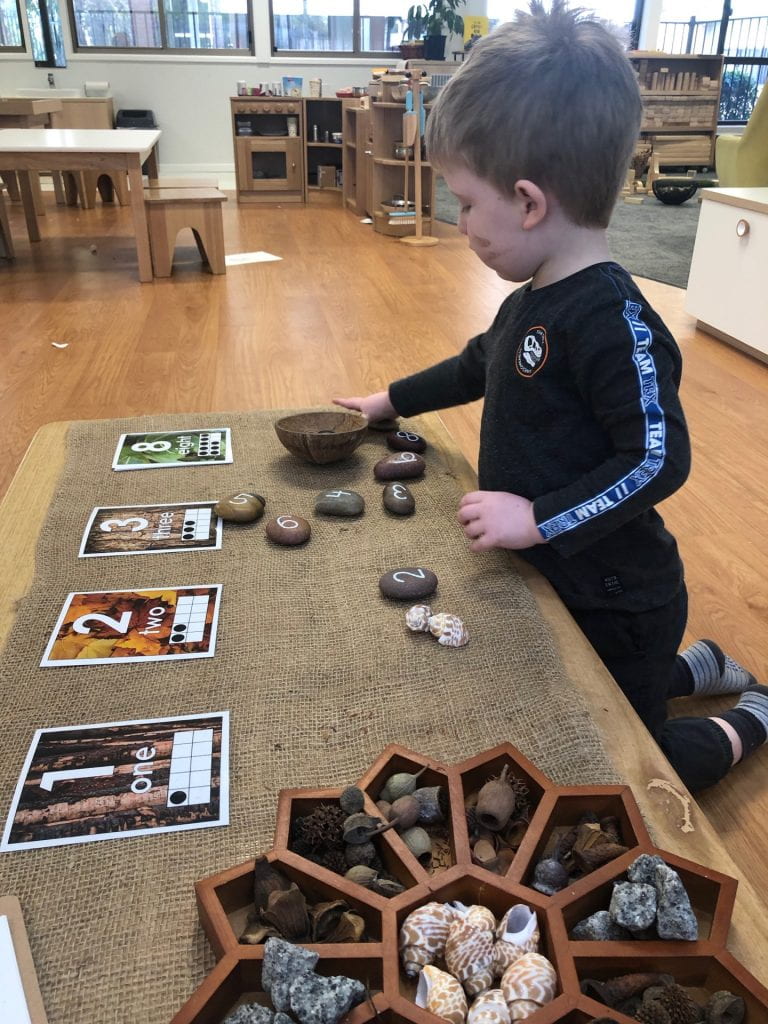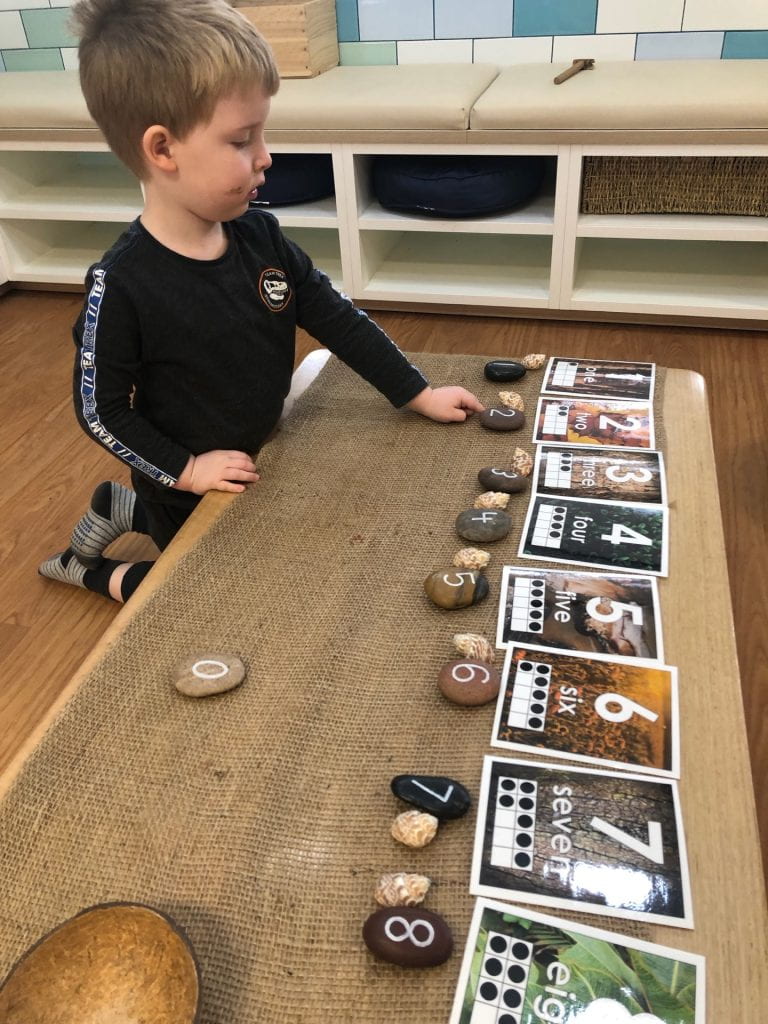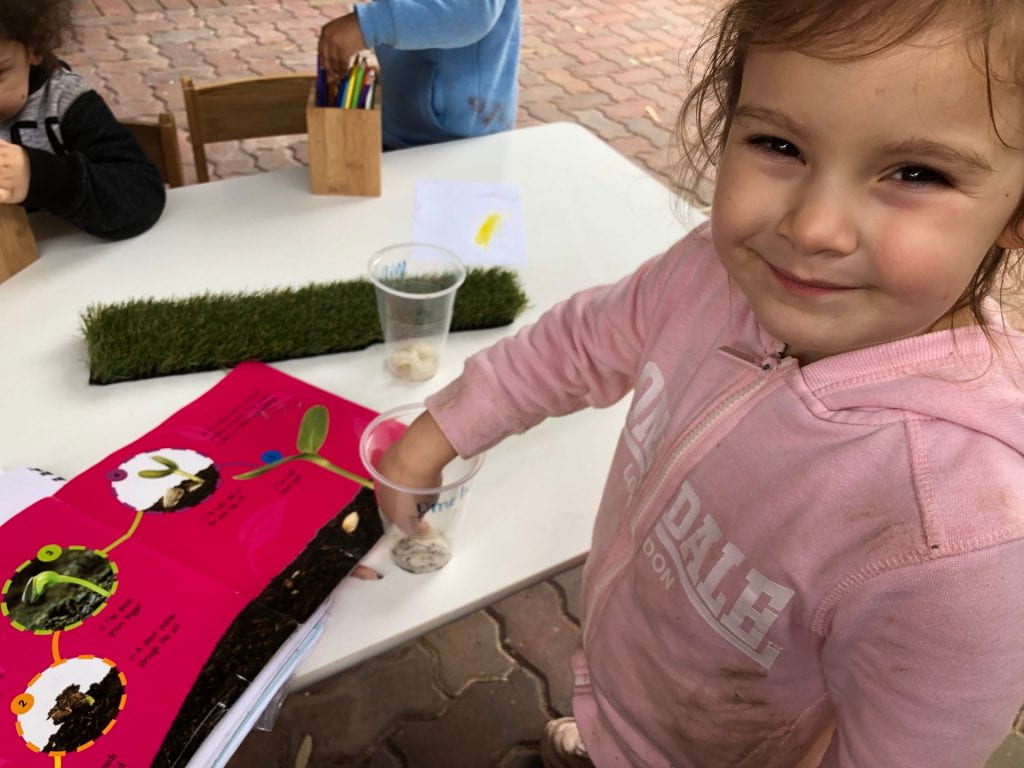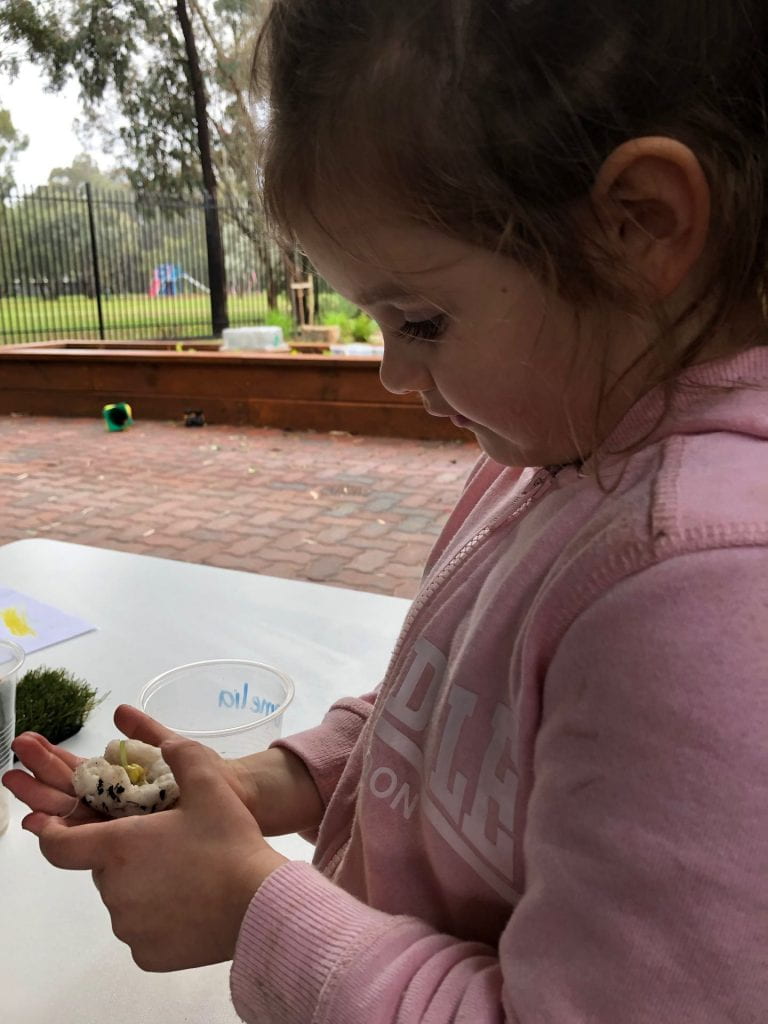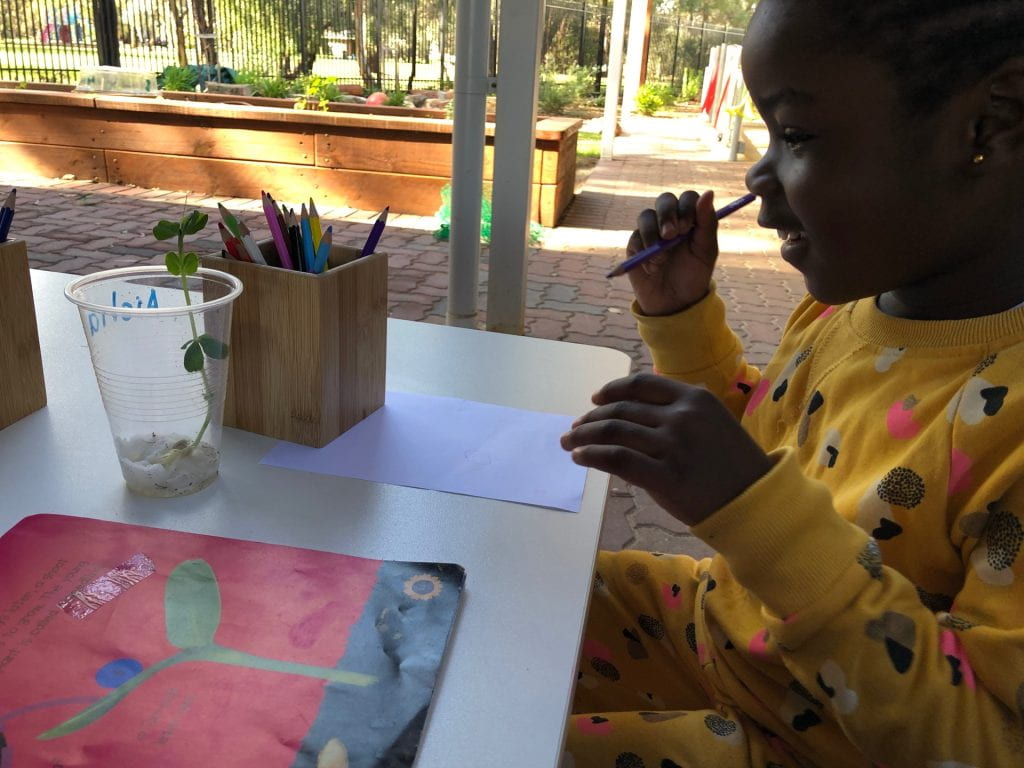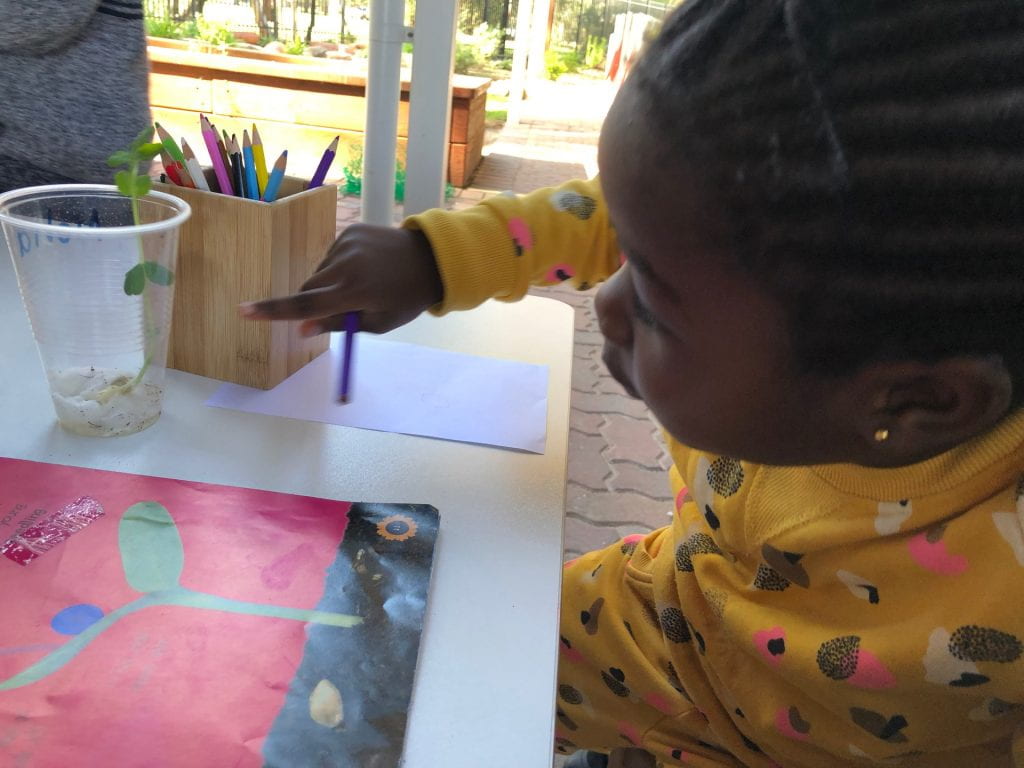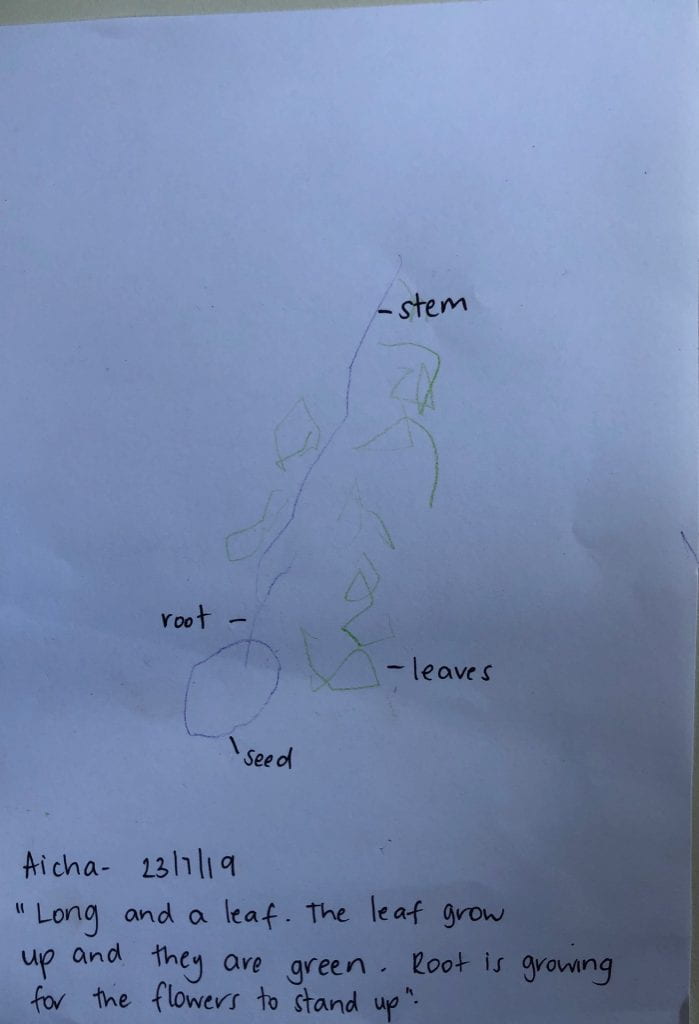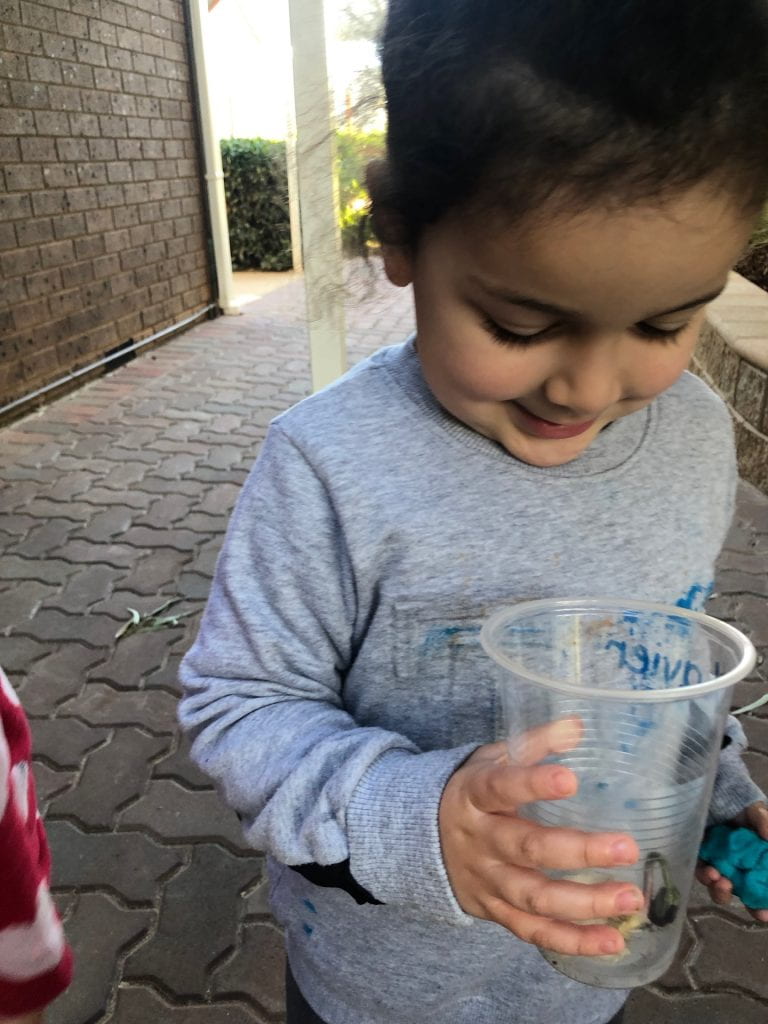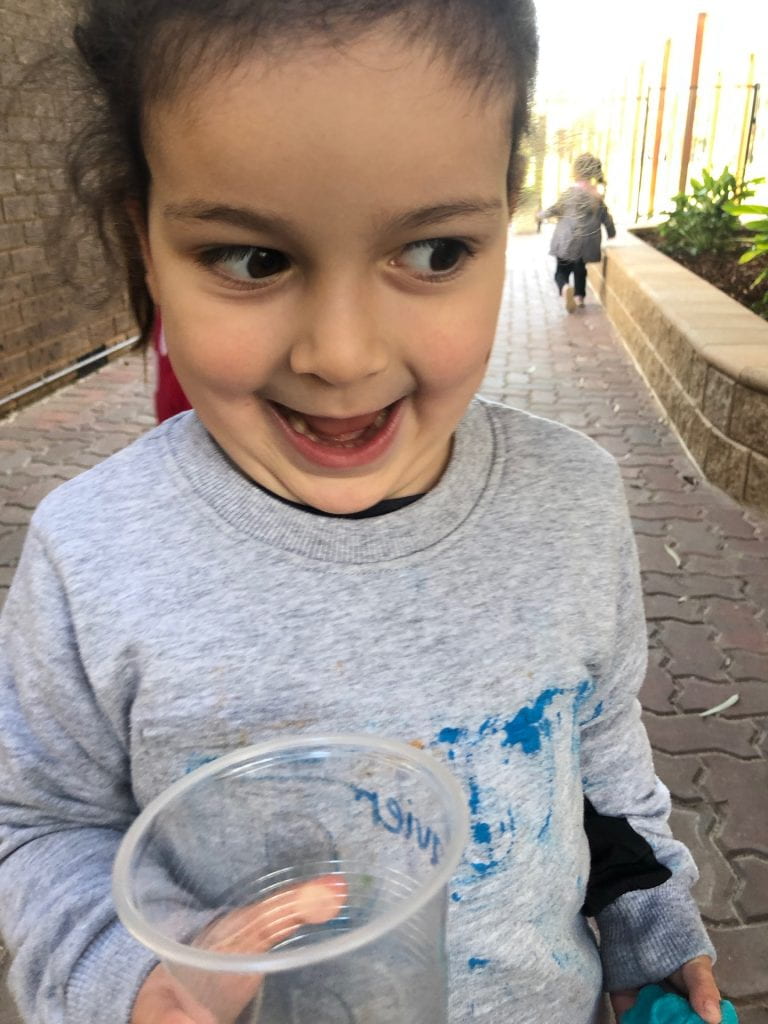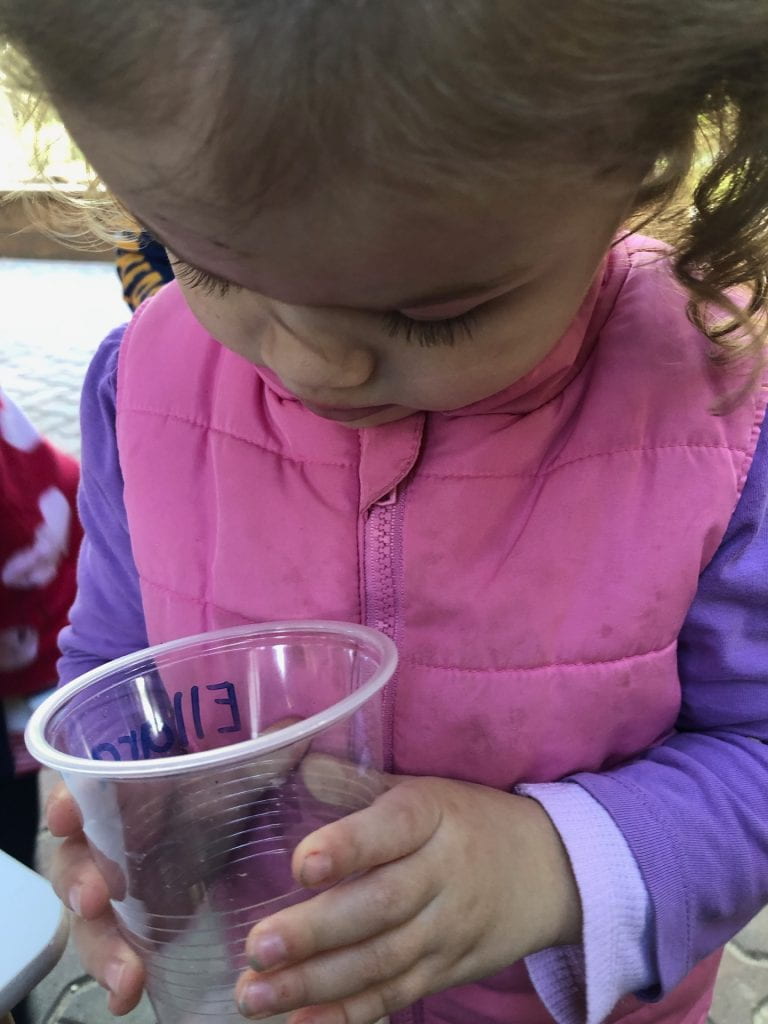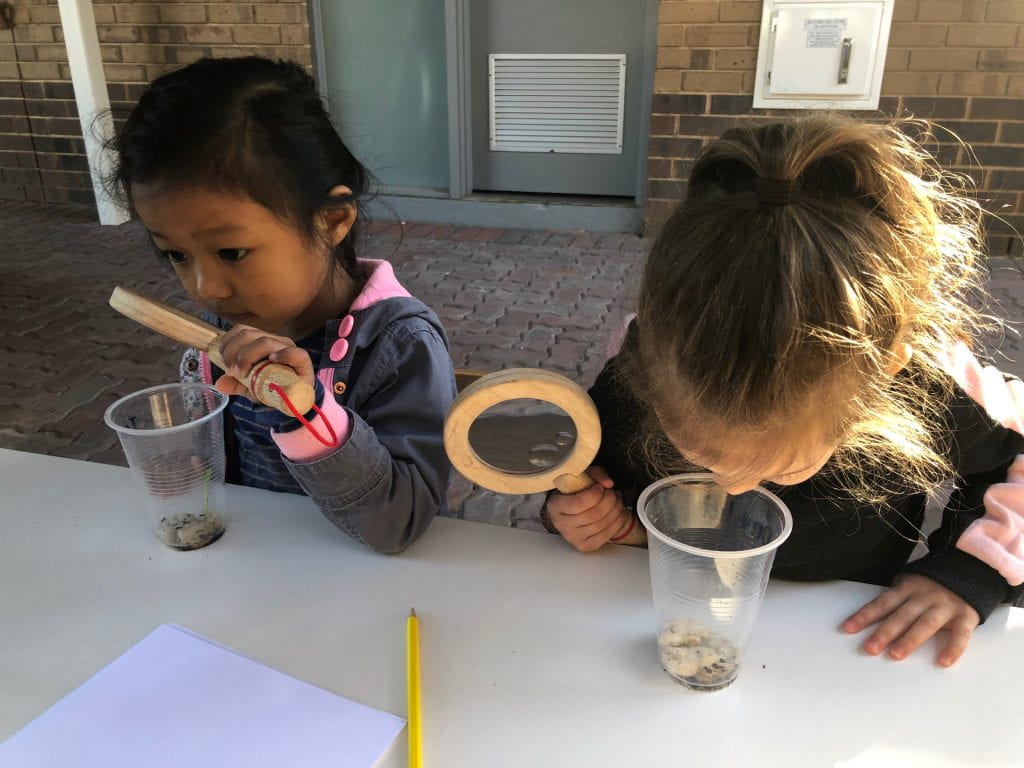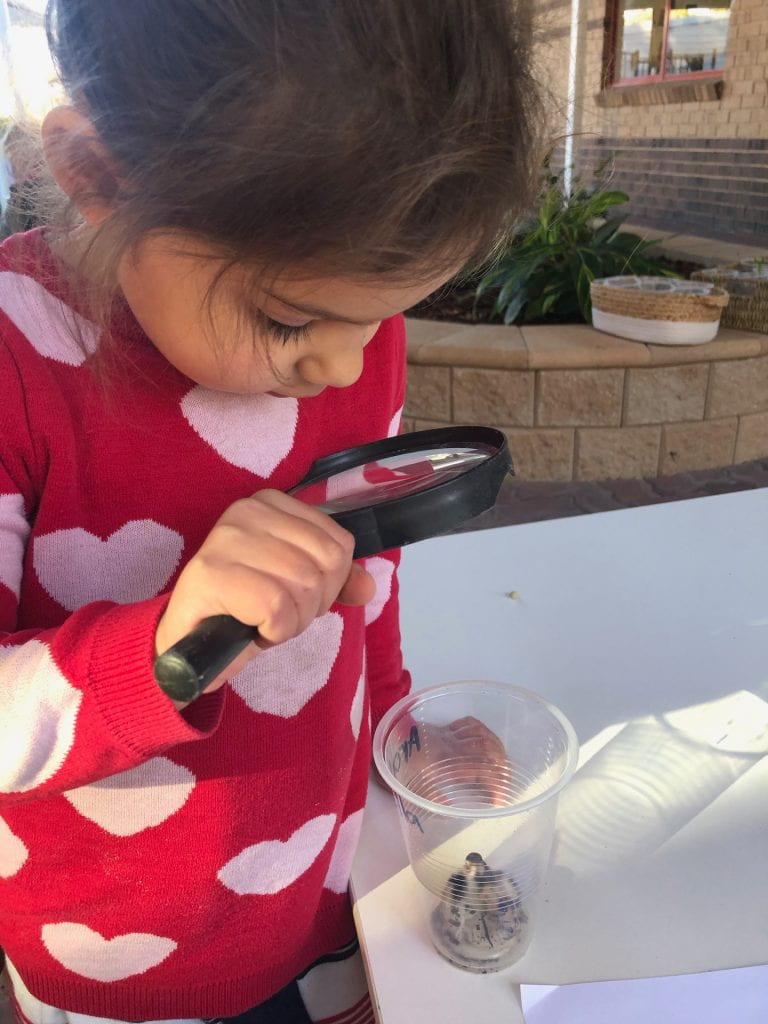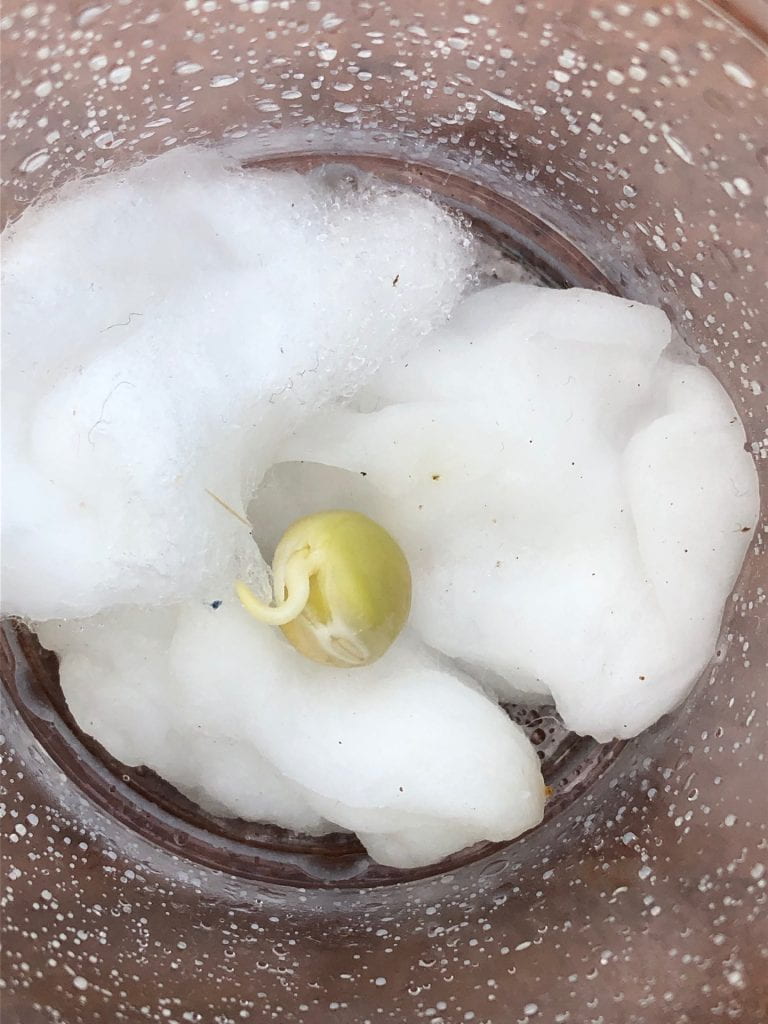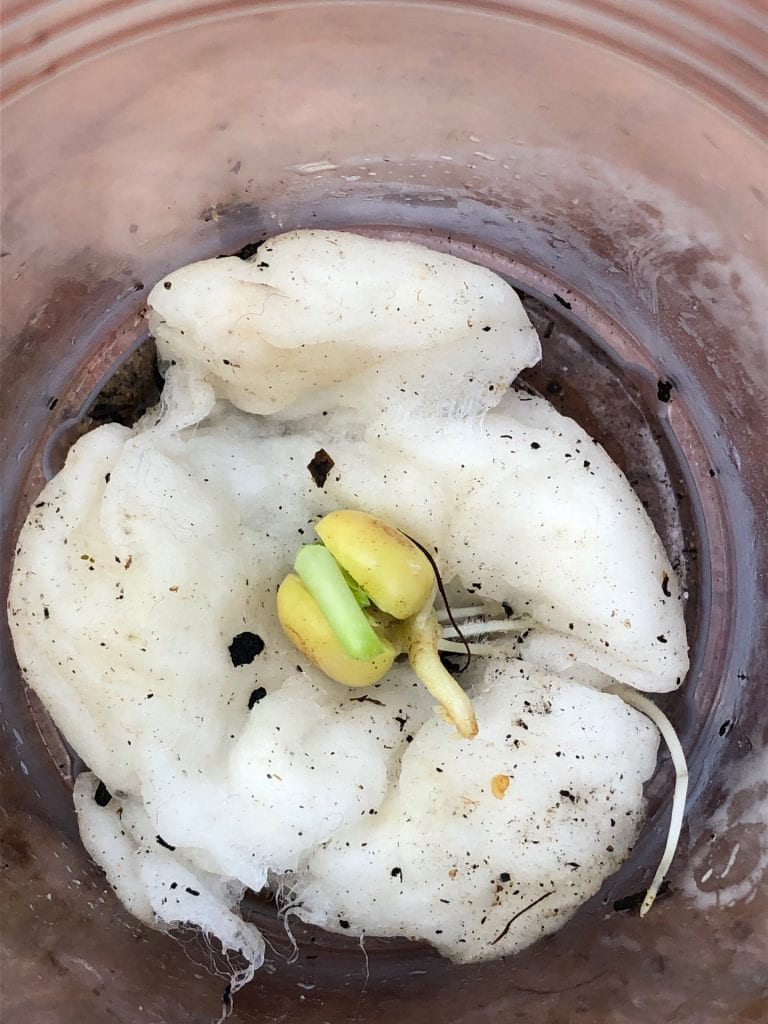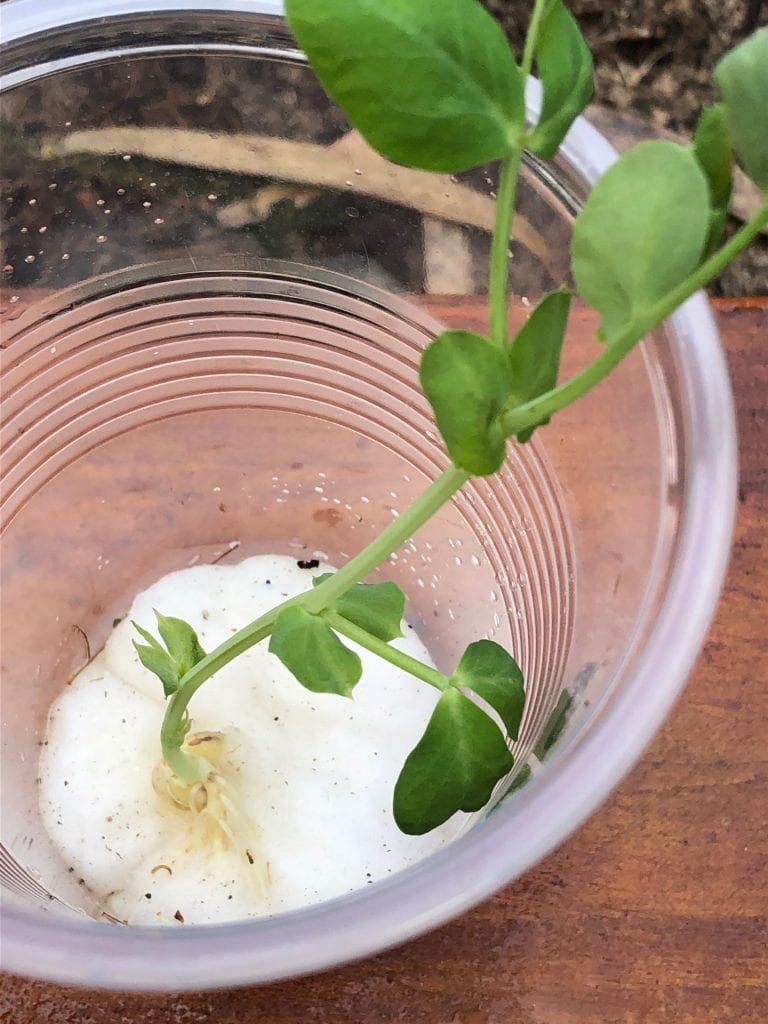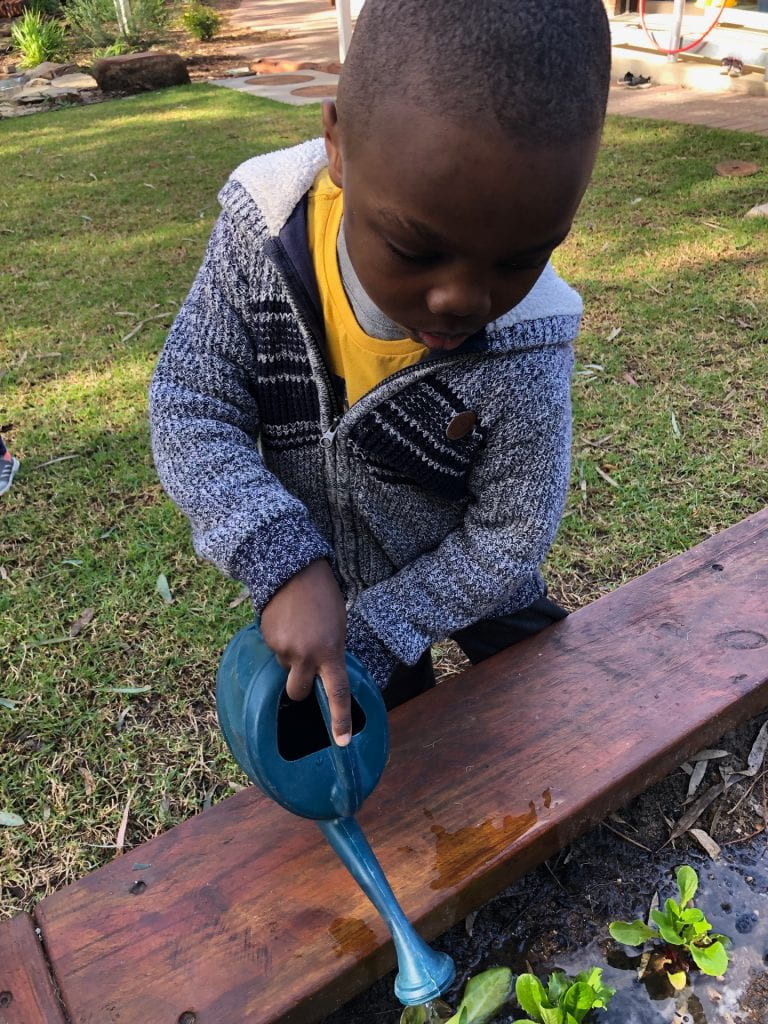We love encouraging kids to play, be it indoor or outdoor play. Today the ELC children engaged in some water play activities. We filled up the baby baths with warm soapy water where the children had the opportunity to engage in scooping, pouring, soaking and squeezing, using measuring cups, pots and sponges. Children benefit from the relaxing and repetitive nature of scooping, pouring and running their hands through the water. They develop crucial social skills when they are working with just one other child or a whole group. It is a great way for children to learn to share and take turns as they share the physical space and the play items in the water.
Water play offers many opportunities for children to problem solve, question, explore and experiment. They are investigating water science, finding out what floats and sinks, or how water moves in different shapes, when we pour it in different container. Children learn and use the language of mathematical terms like “more than” or “less than, full or half full half empty etc.
In the afternoon we experimented with a sink or float activity. The children placed various item into the water after discussing whether it would sink or float.
We first talked about what it meant to sink and float. Tesi said “It go to the bottom” for sink. We all agreed that sink meant it would go under the water and if it floated it would stay on top of the water.
WILL IT SINK OR FLOAT?
Each child picked an item from the basket then told the group whether it would sink of float and then dropped the item into the water. I then asked them what happened.
Ellara (Bracelet): Float! It sinked in!
Omelia (Wooden Spoon): Into the water. It floats!
Joel (3D Magnet): It will float! Yes it did. Oh, it sinked.
Tesi (Wooden Block): Um, I don’t know, maybe under. It floats!
Tavae (log): Sink. Yes it sink. Brianna: Are you sure? Joel: It float.
Tarun (Rock): Under
Xavier (Small truck): Float. It float!
Ellara (Pine cone): Float. Yes, it did!
____________________________________________________________________
Early this morning some of the children were talking about their firework painting they had done yesterday. Liam and Deanna were able to explain what they had done, using card board strips and the paints, and direct how to set that up again for those children who were not here yesterday.
There are some more photos of our day at centre.
Specks of Gold
Tesi: My speck of gold is float and sink
Krisha: Play with Liam
Ellara: Playing with Deanna
Deanna: Playing with Ellara
Omelia: My specks of gold is playing with Tesi
Xavier: My speck of gold is playing with Omelia
Liam: Making a camera
Tarun: Spraying Tavae
Outcome 2. children are connected with and contribute to their world
2.3-Children become socially responsible and show respect for the environment
Outcome 3: Children have a strong sense of wellbeing
3.1. Children become strong in their social, emotional and spiritual wellbeing
Outcome 4: Children are involved and confident learners
4.1. Children develop dispositions for learning such as cooperation, creativity, persistence and reflexivity
4.2. Children develop a range of skills and processes such as problem solving, inquiry, experimentation, hypothesising, researching and investigating




